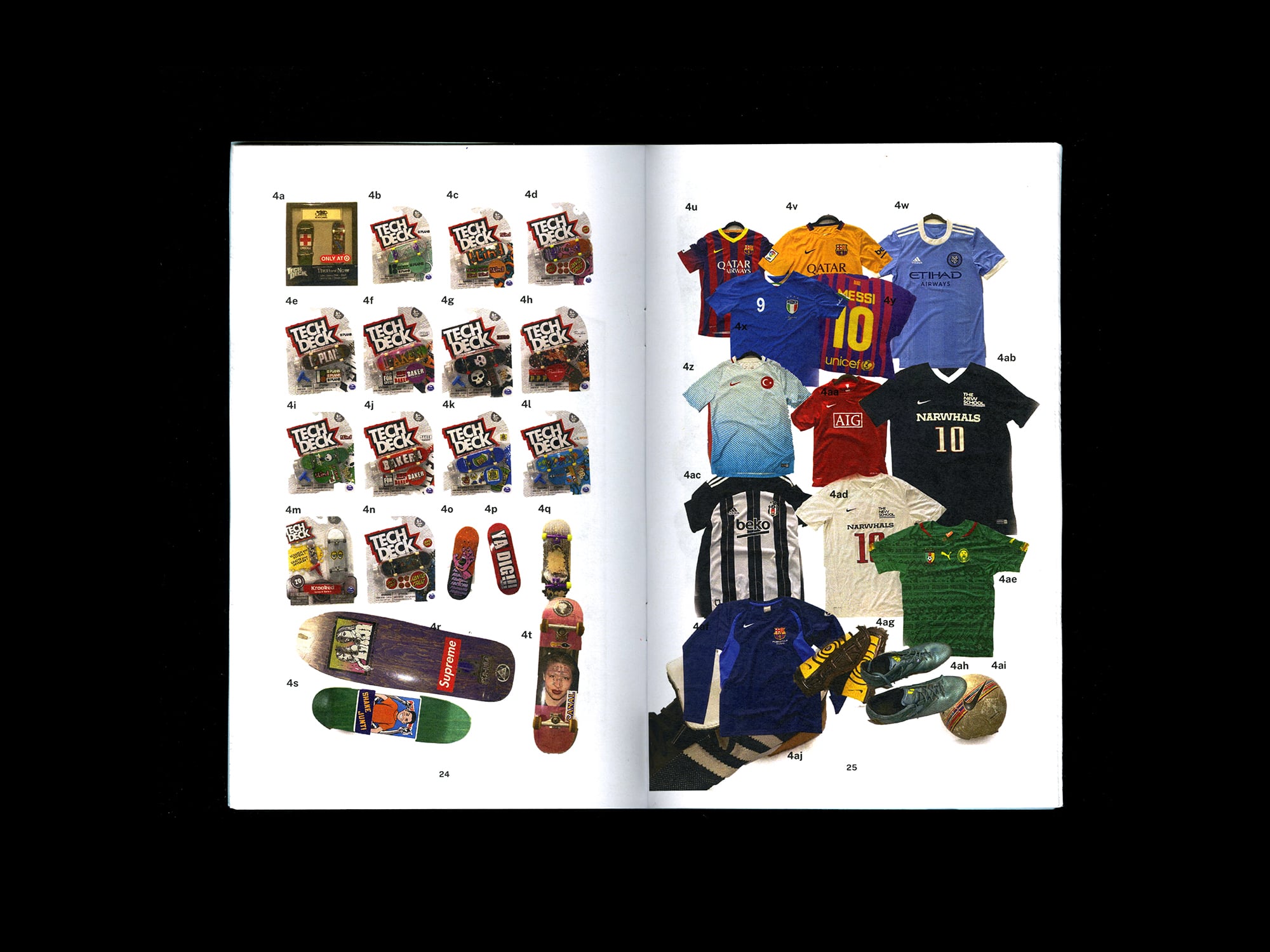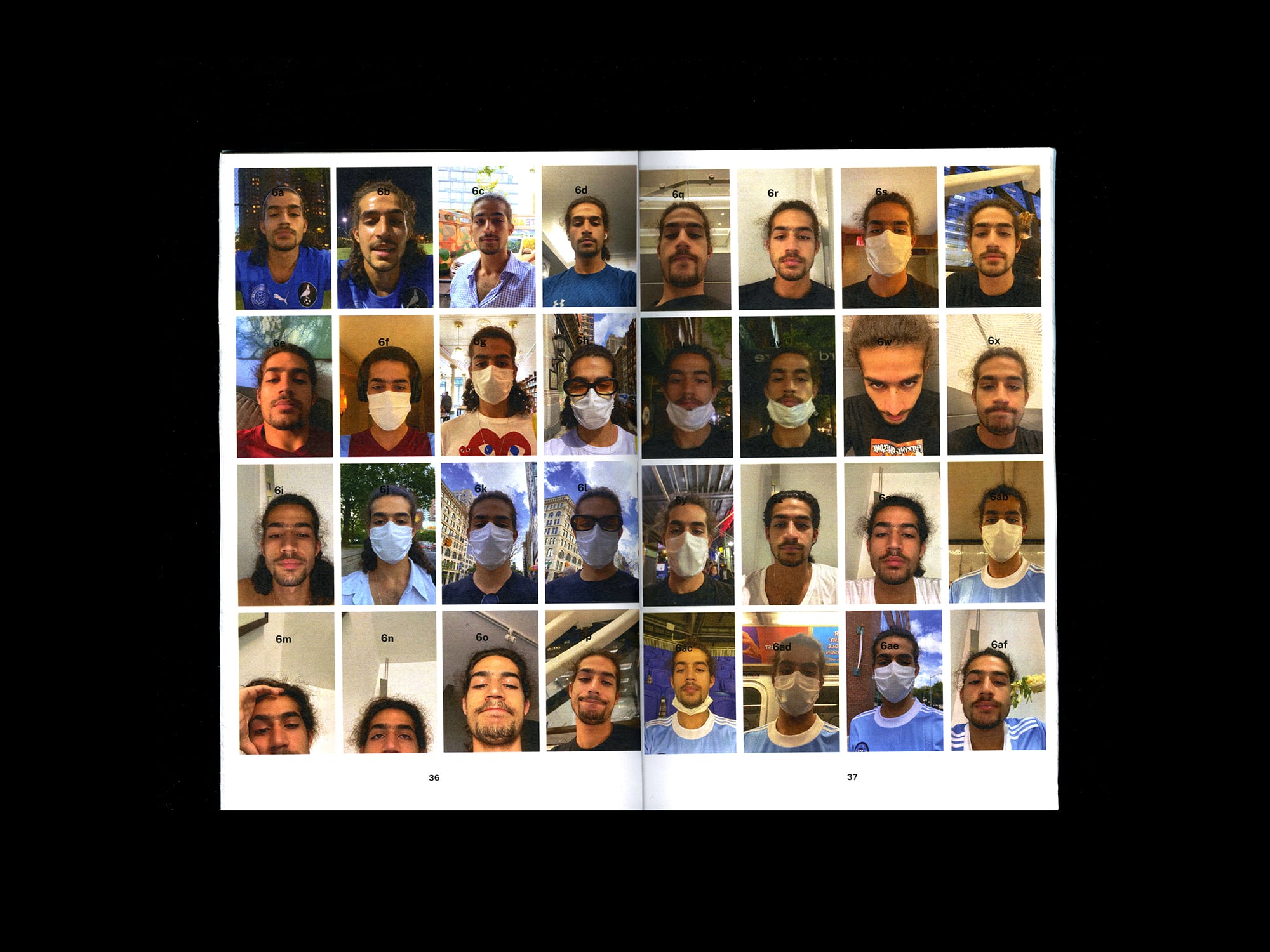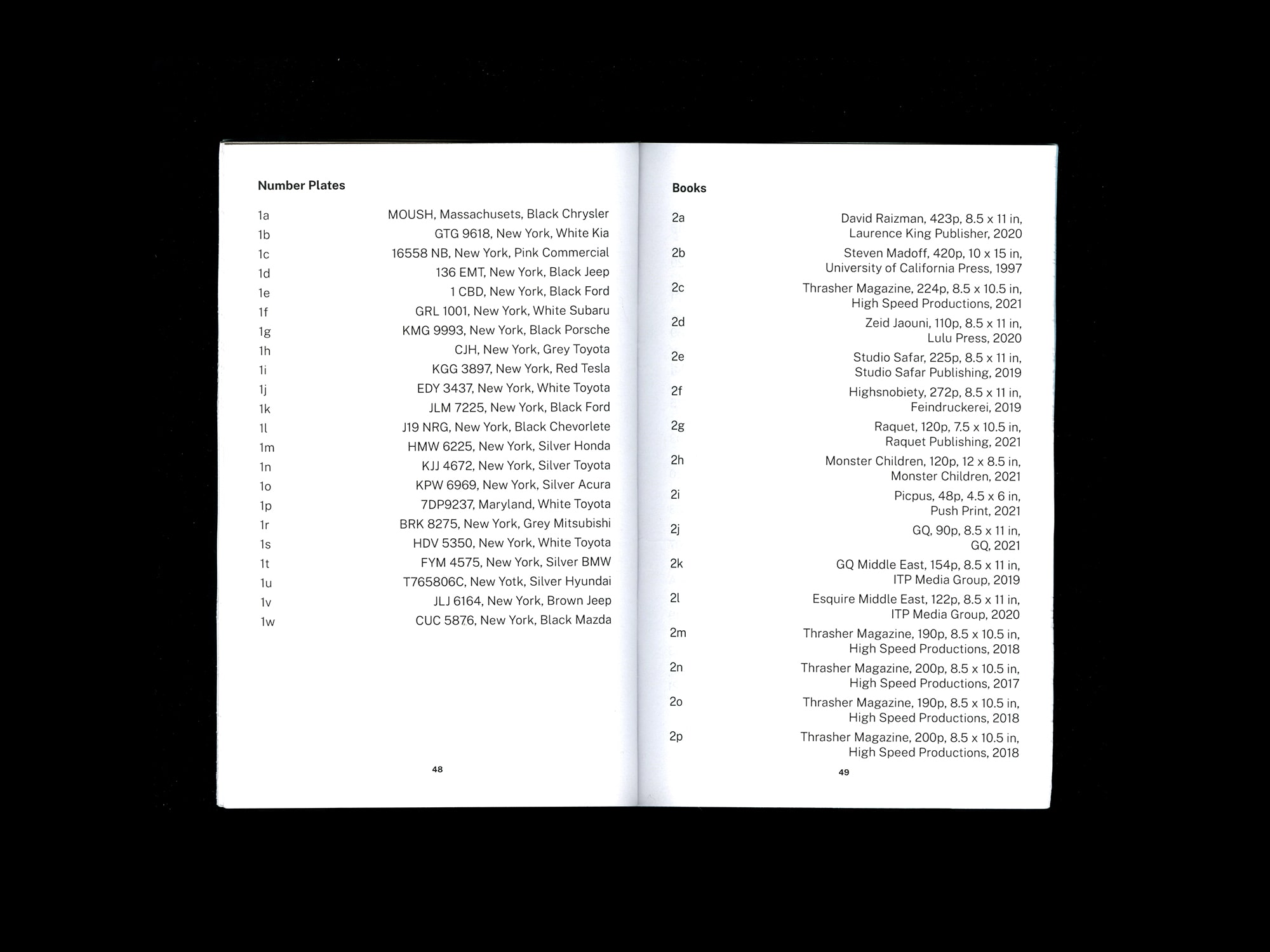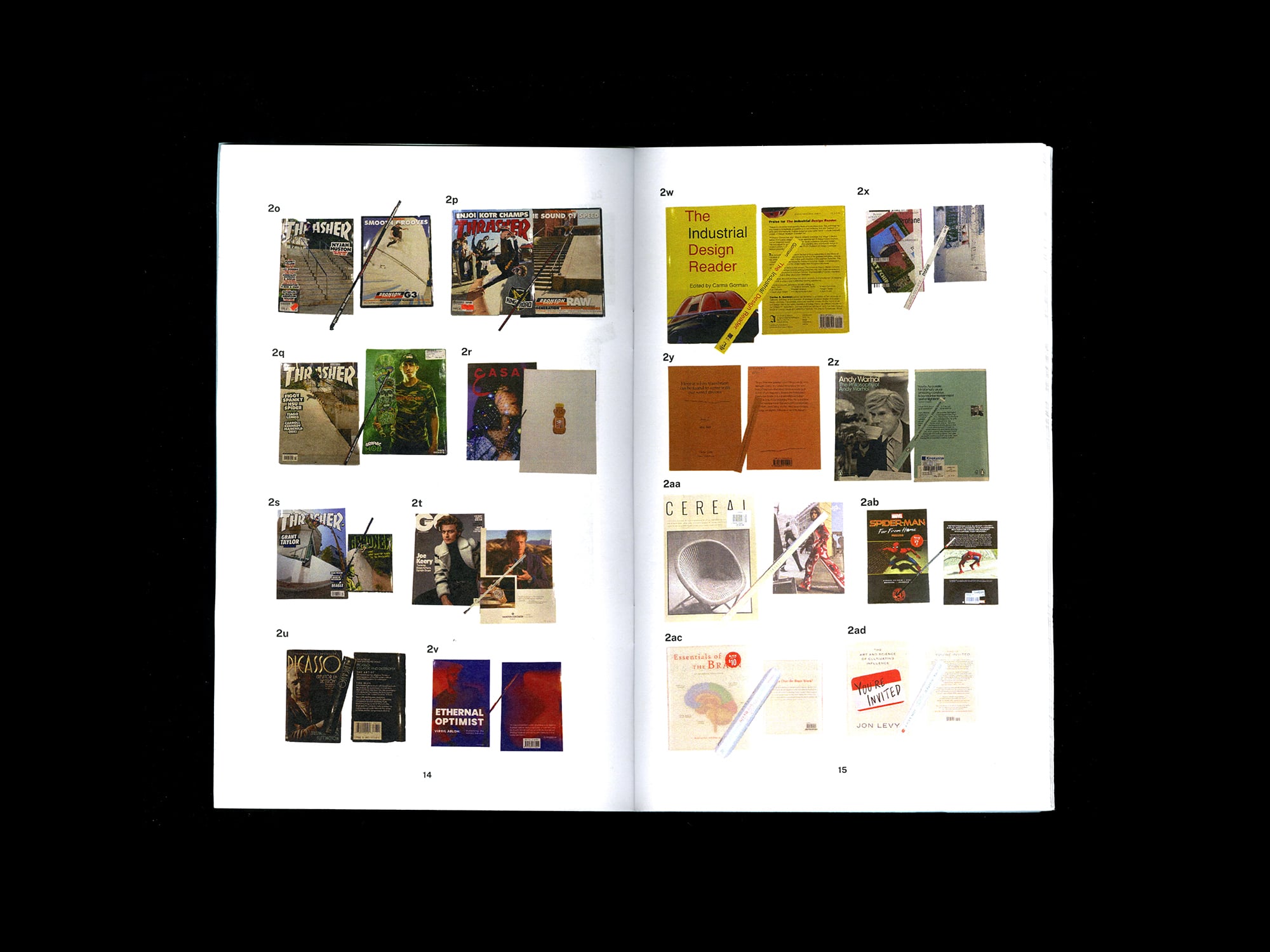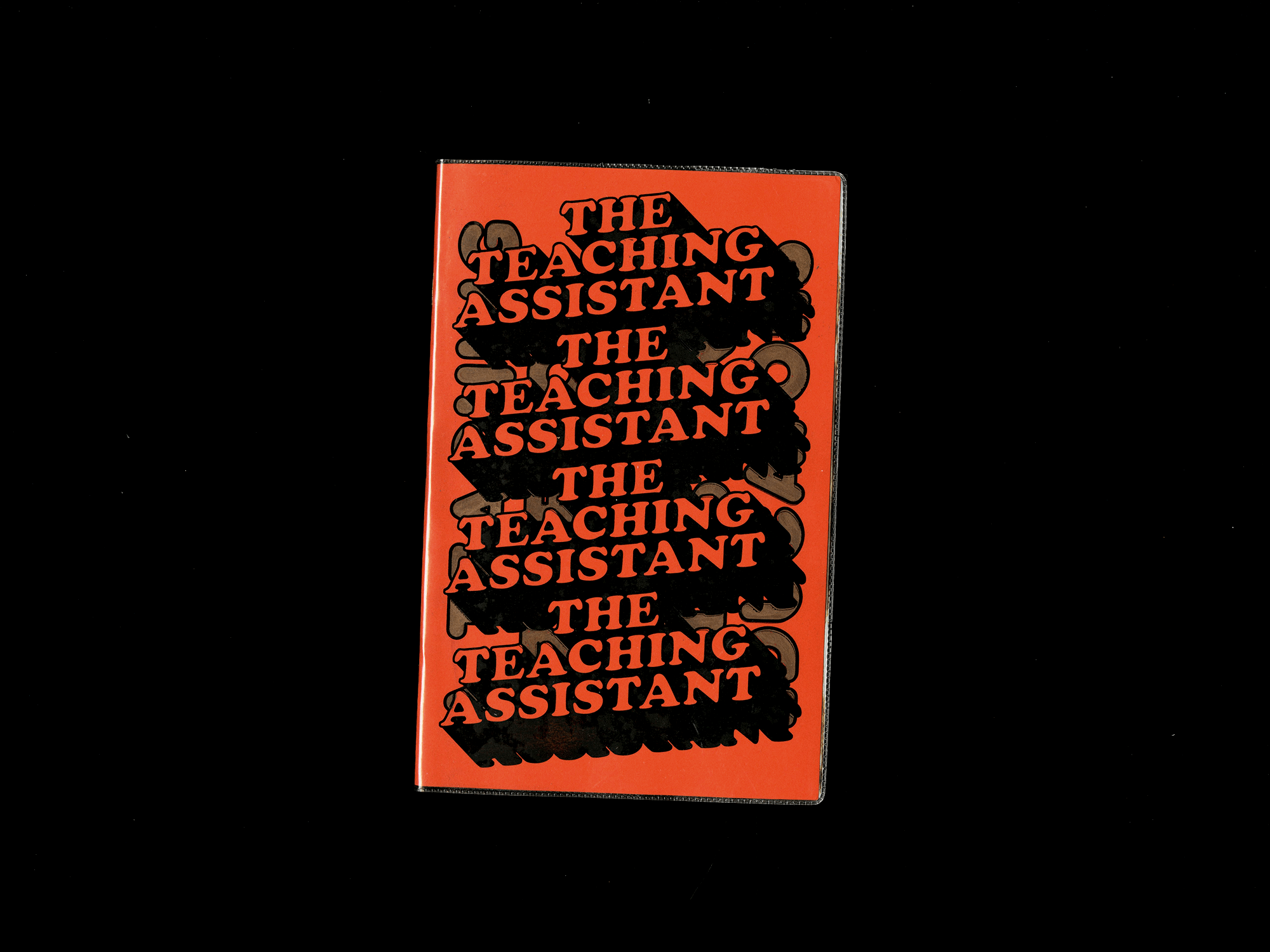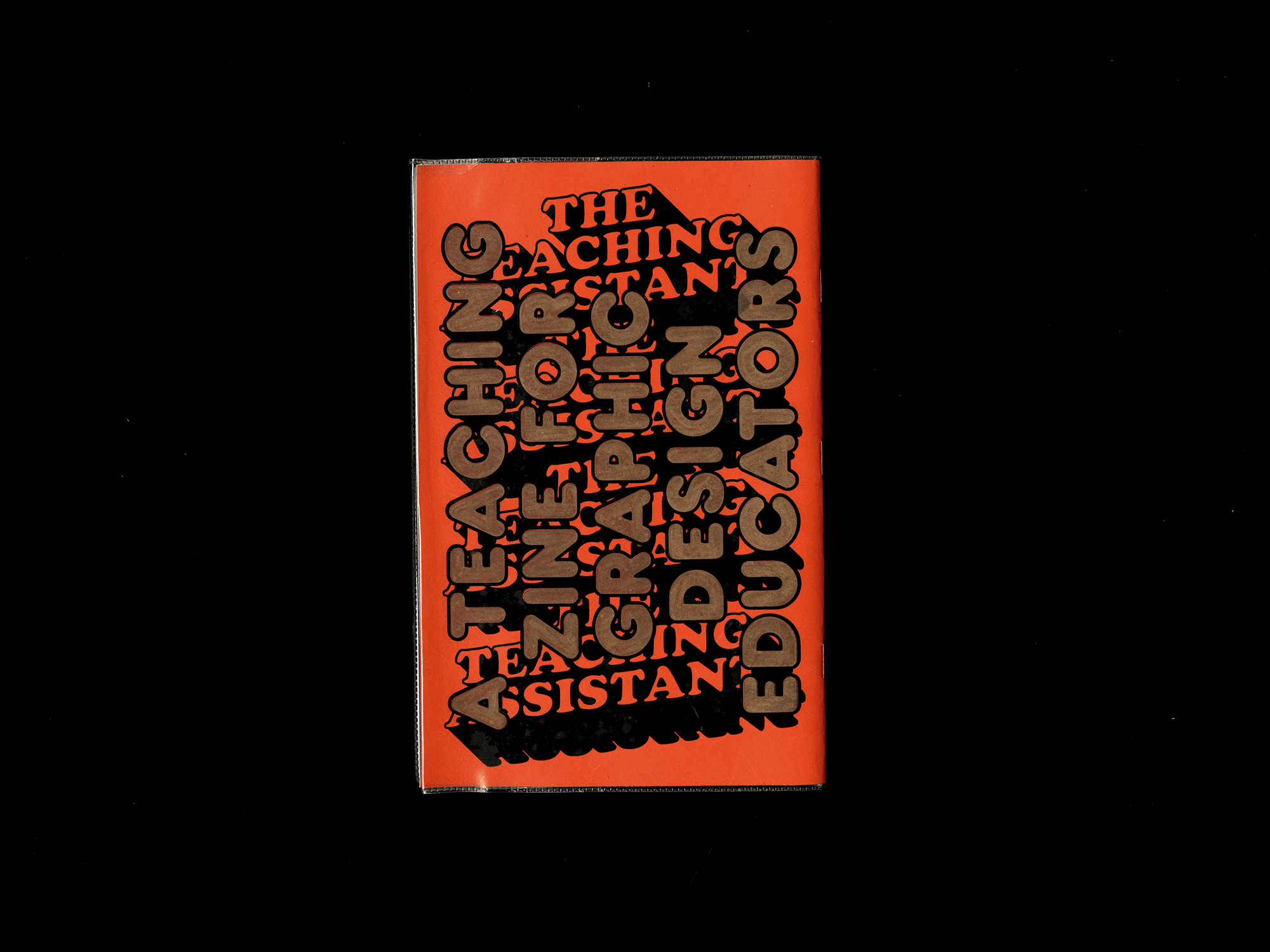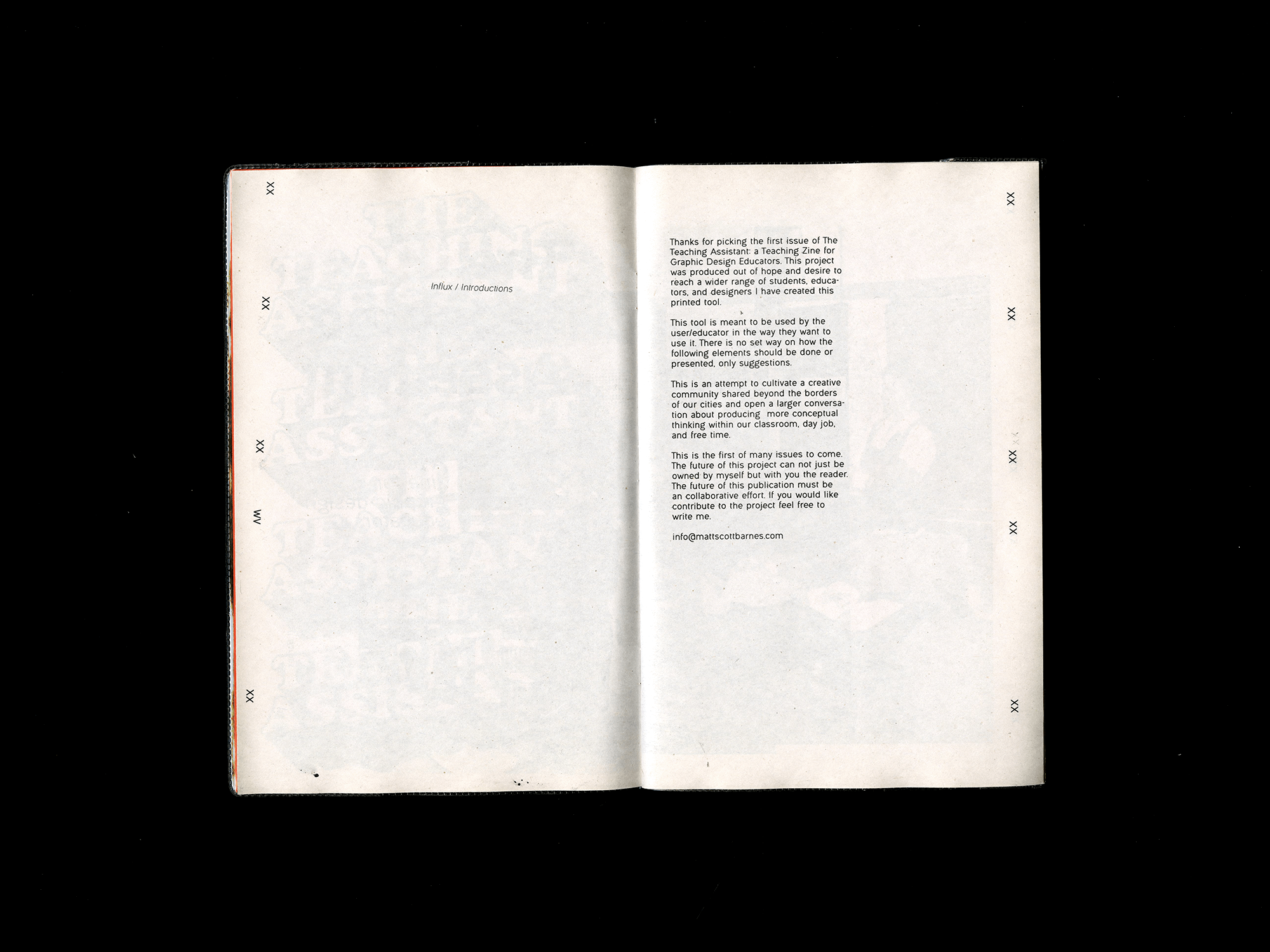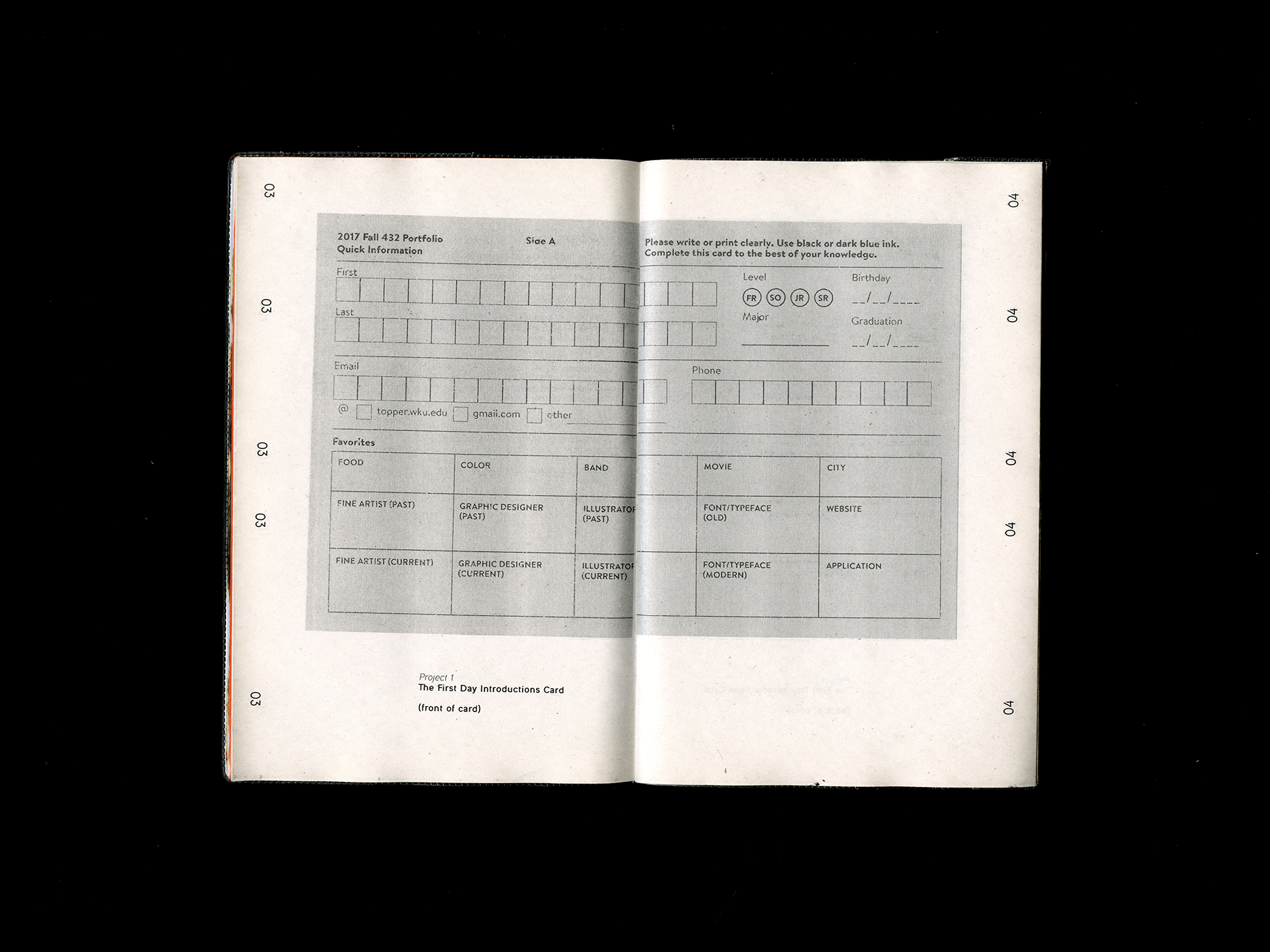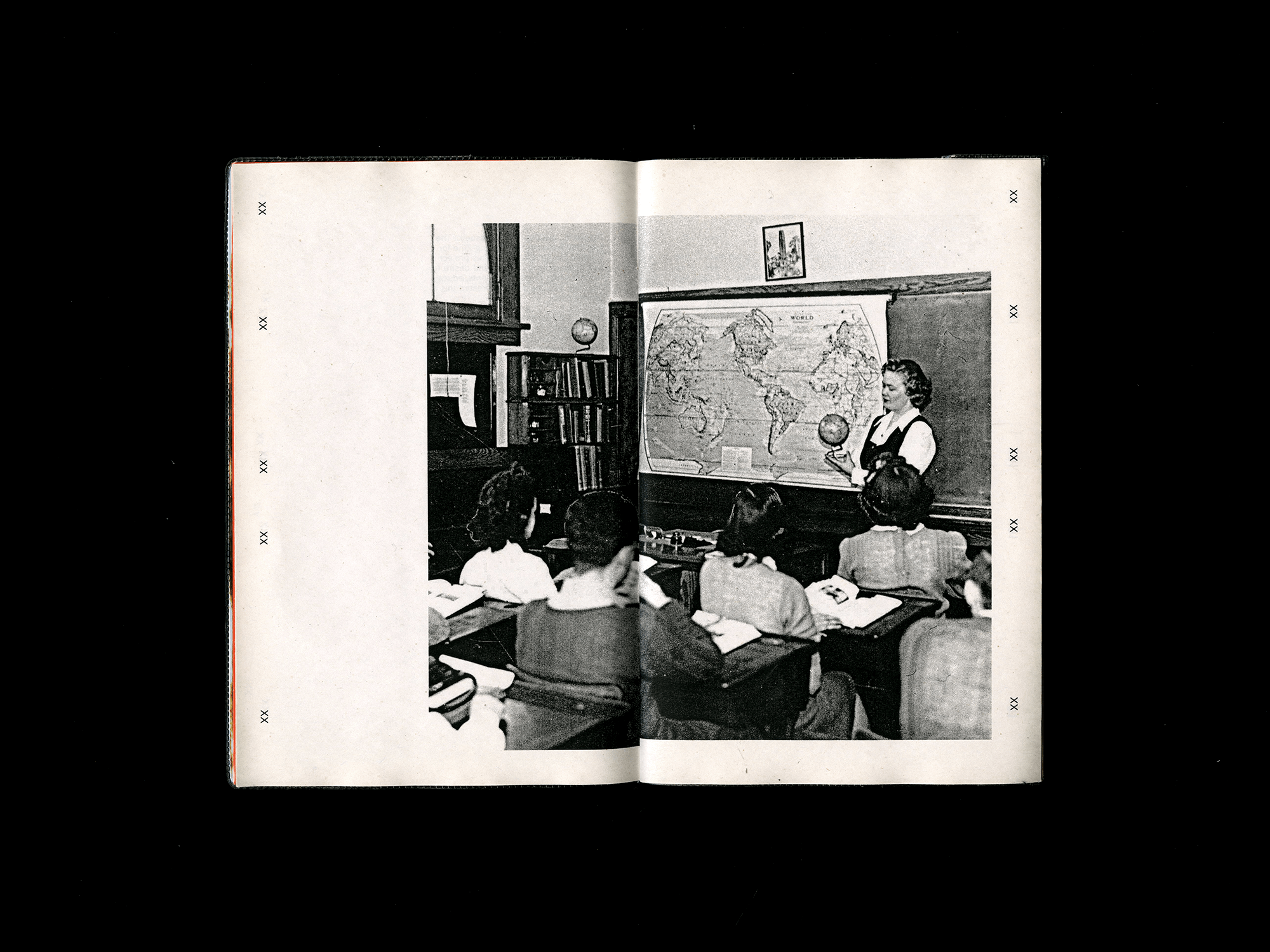01. 256
Description:
Before I started teaching, I used to think that students today had it made. They have access to a vast array of inspiration and a plethora of platforms to showcase their work. It seemed like the perfect environment for creativity to flourish. However, now that I am teaching, I realize that this environment also presents its own set of issues. Students can easily become overwhelmed and defeated before they even start their work.
Being a student today is hard. It's difficult to find your voice and to feel ownership over your work. As an educator, my goal is to empower my students with the tools needed to make this journey a little bit easier. For instance, I encourage them to experiment with different mediums and techniques, to take risks and to be unapologetically themselves. I also emphasize the importance of self-reflection and constructive feedback, which can help students develop a stronger sense of their own strengths and weaknesses.
One project that I assigned in my class was the 256 project. This project was a topic that was shared across the thesis cohort. I gave students direction while still allowing them enough leeway to find their own way. The project involved collecting images through daily making and writing down details or thoughts about the photo at the time it was taken. Students built collections and organized them by a predetermined theme, as well as producing their own. They then documented details about each photo, such as the time, date, and size. Next, students were tasked with organizing the images in an editorial format, possibly for the first time, curating elements for others to view. They were asked to include their notes and any dialogue to explain why they shot what they did. The output was a hundred-plus-page book, and the outcome showed students excited to share their projects with others and include them in their portfolios. This project not only allowed students to develop their artistic skills, but also their organizational skills and their ability to communicate their ideas effectively.
Before I started teaching, I used to think that students today had it made. They have access to a vast array of inspiration and a plethora of platforms to showcase their work. It seemed like the perfect environment for creativity to flourish. However, now that I am teaching, I realize that this environment also presents its own set of issues. Students can easily become overwhelmed and defeated before they even start their work.
Being a student today is hard. It's difficult to find your voice and to feel ownership over your work. As an educator, my goal is to empower my students with the tools needed to make this journey a little bit easier. For instance, I encourage them to experiment with different mediums and techniques, to take risks and to be unapologetically themselves. I also emphasize the importance of self-reflection and constructive feedback, which can help students develop a stronger sense of their own strengths and weaknesses.
One project that I assigned in my class was the 256 project. This project was a topic that was shared across the thesis cohort. I gave students direction while still allowing them enough leeway to find their own way. The project involved collecting images through daily making and writing down details or thoughts about the photo at the time it was taken. Students built collections and organized them by a predetermined theme, as well as producing their own. They then documented details about each photo, such as the time, date, and size. Next, students were tasked with organizing the images in an editorial format, possibly for the first time, curating elements for others to view. They were asked to include their notes and any dialogue to explain why they shot what they did. The output was a hundred-plus-page book, and the outcome showed students excited to share their projects with others and include them in their portfolios. This project not only allowed students to develop their artistic skills, but also their organizational skills and their ability to communicate their ideas effectively.
Student:
Carmen Pleitez
Carmen Pleitez
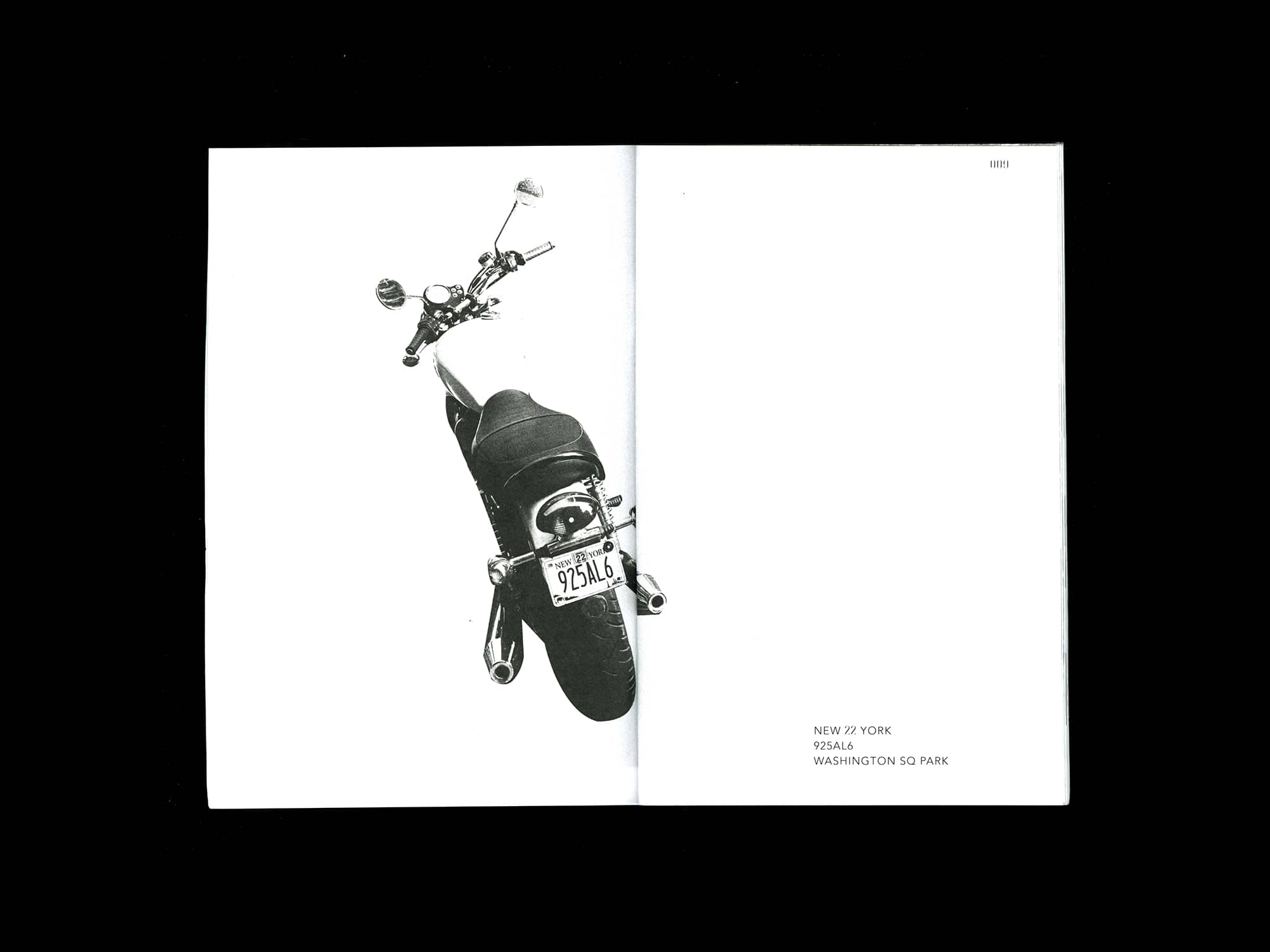
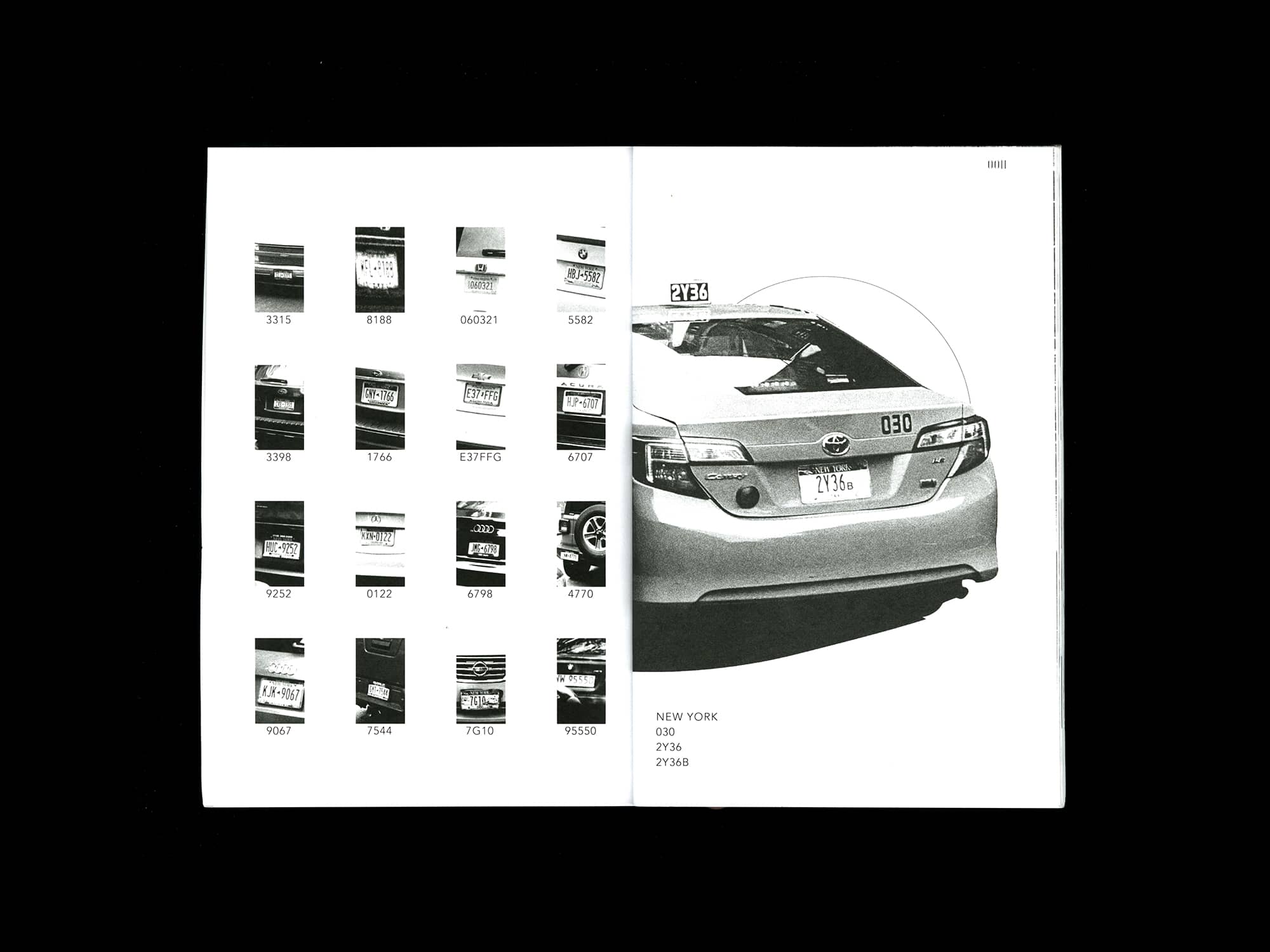



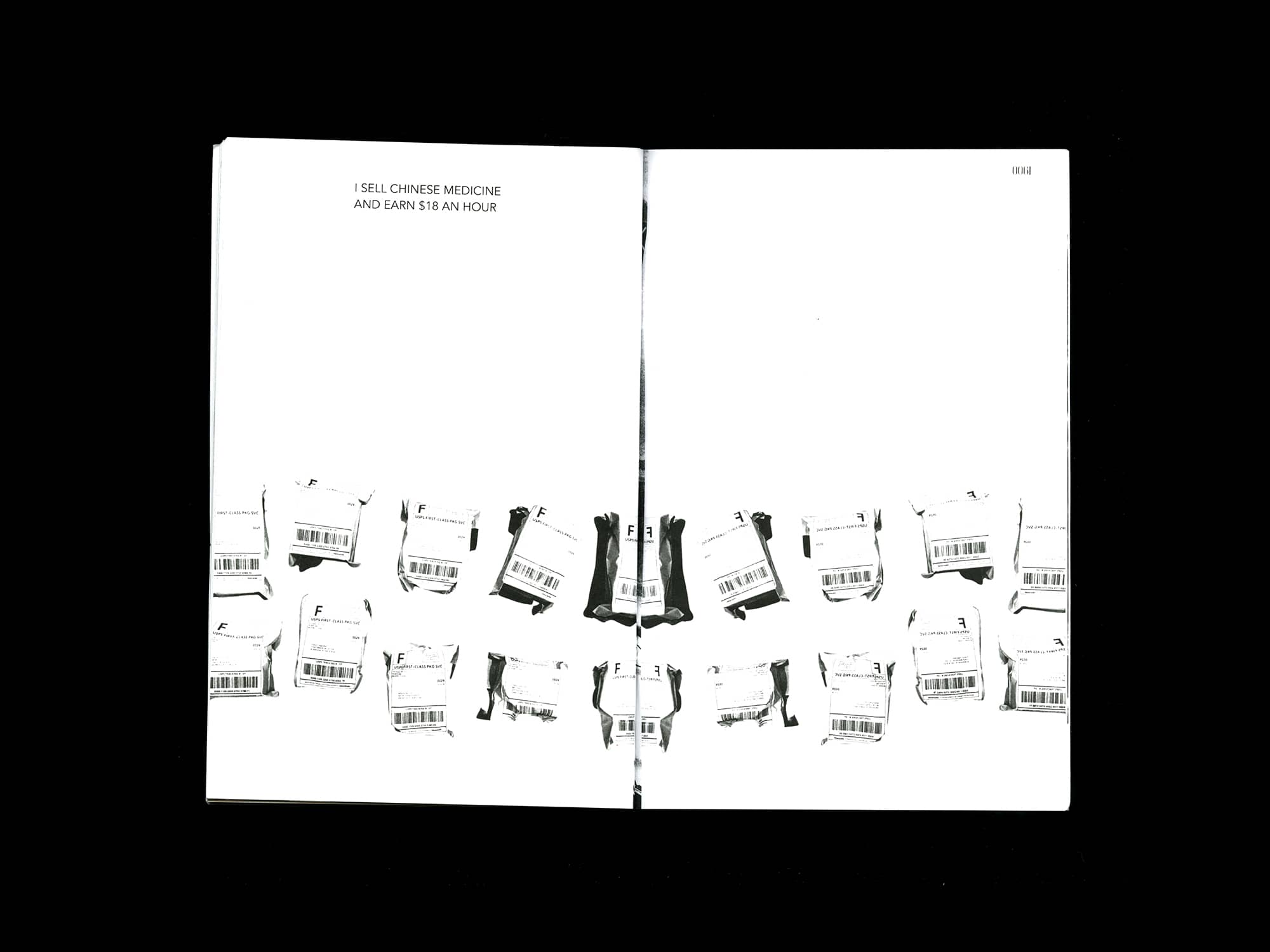
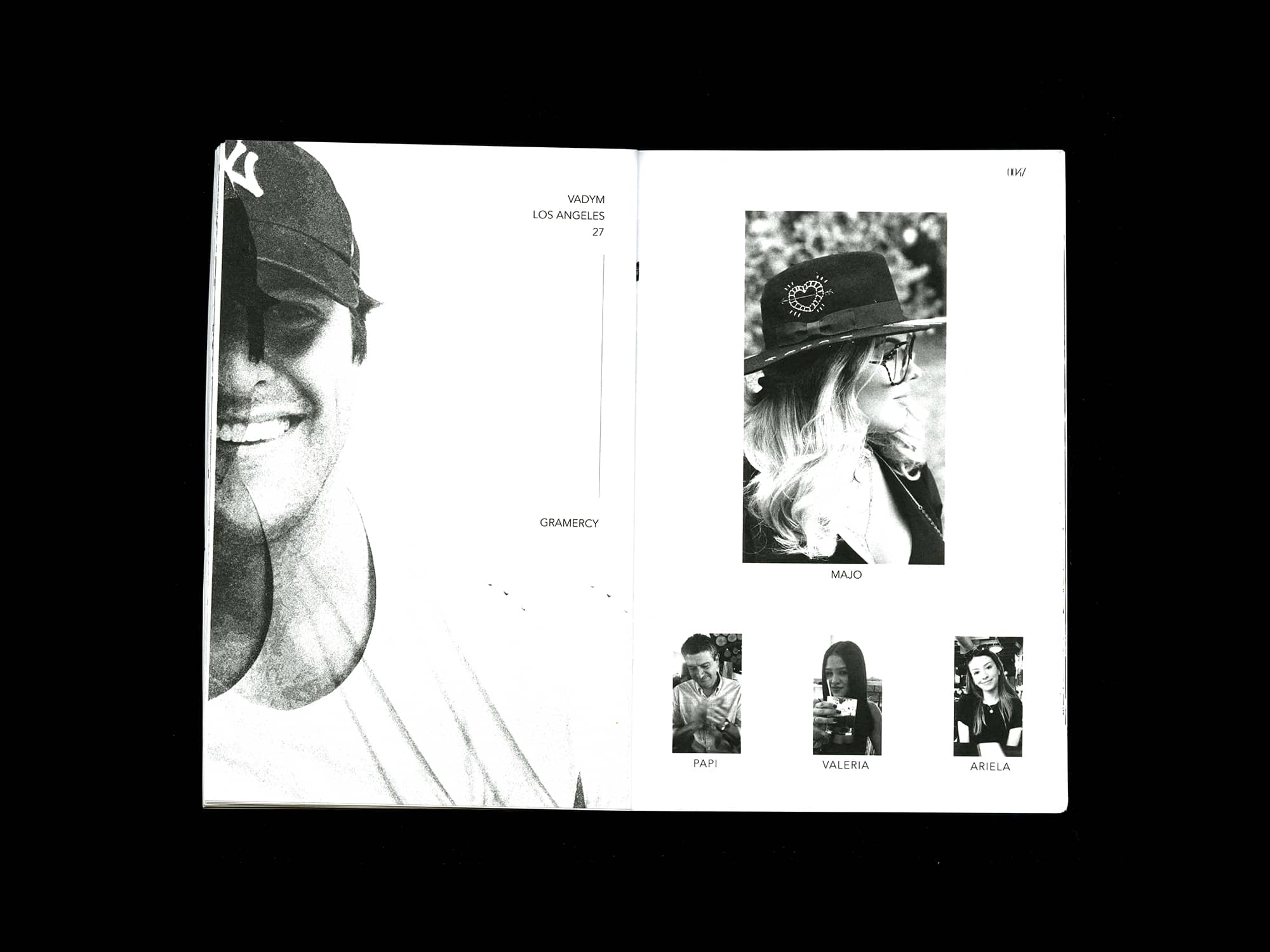

Student:
Germaine Mai
Germaine Mai
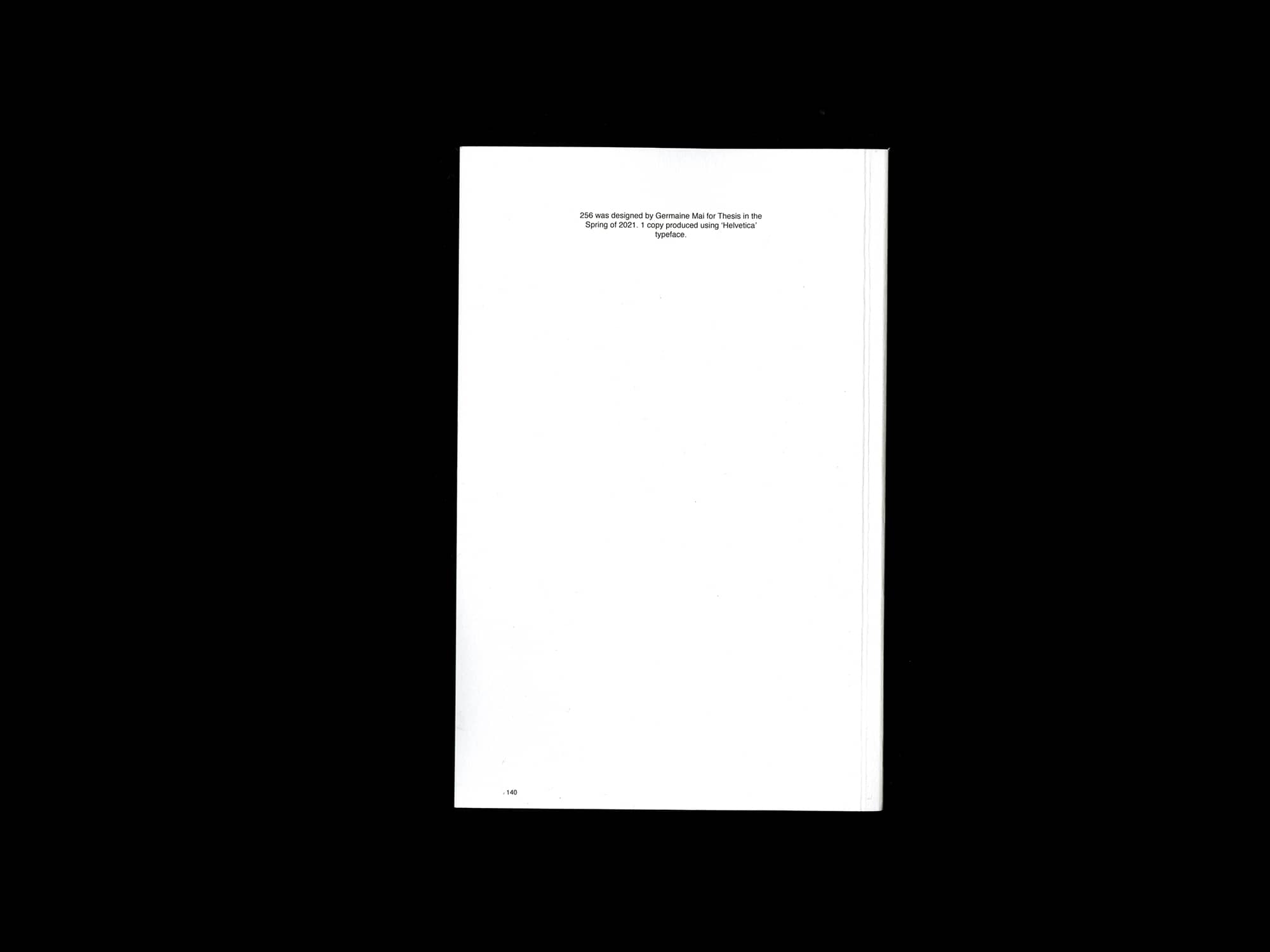
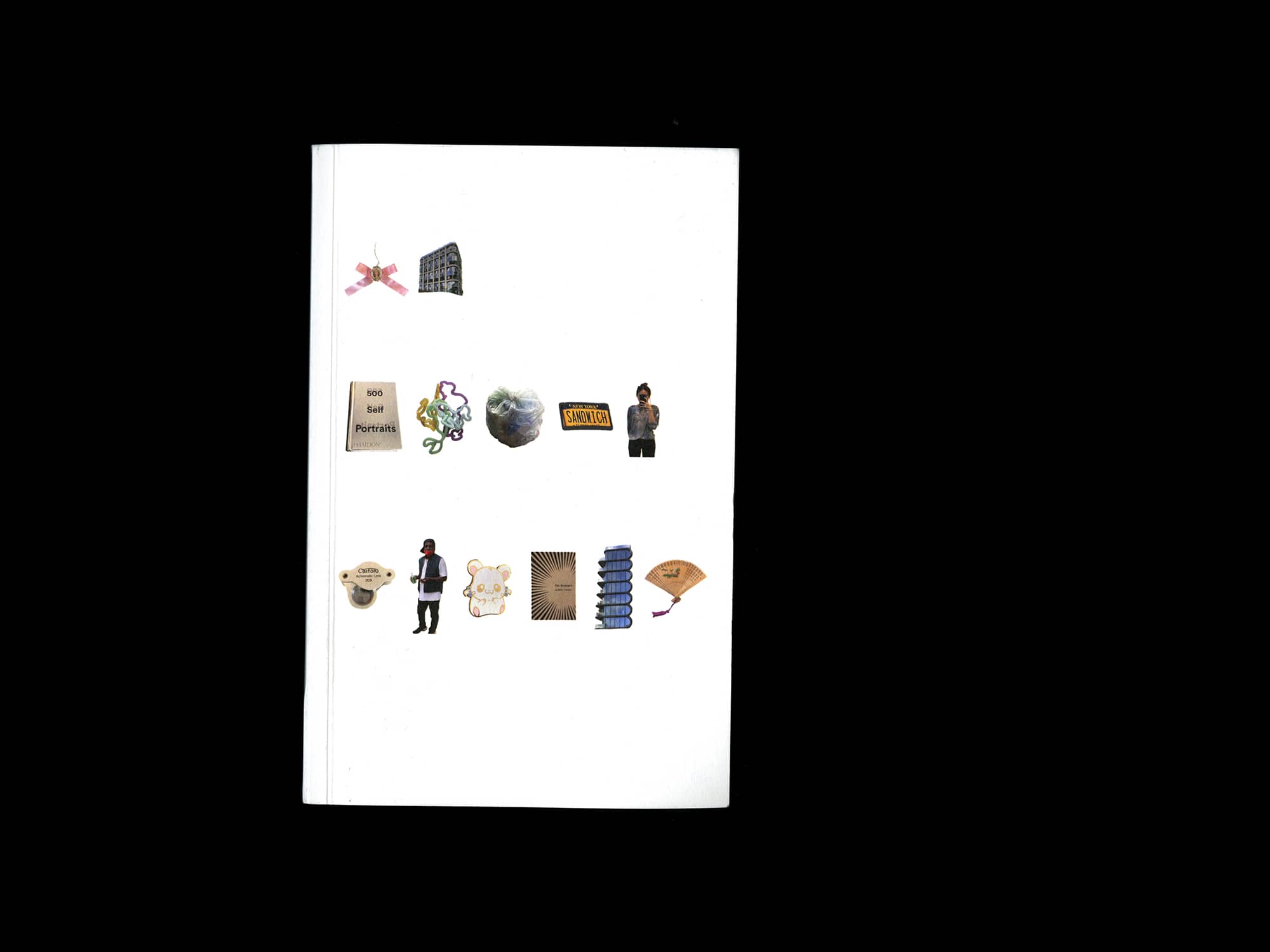
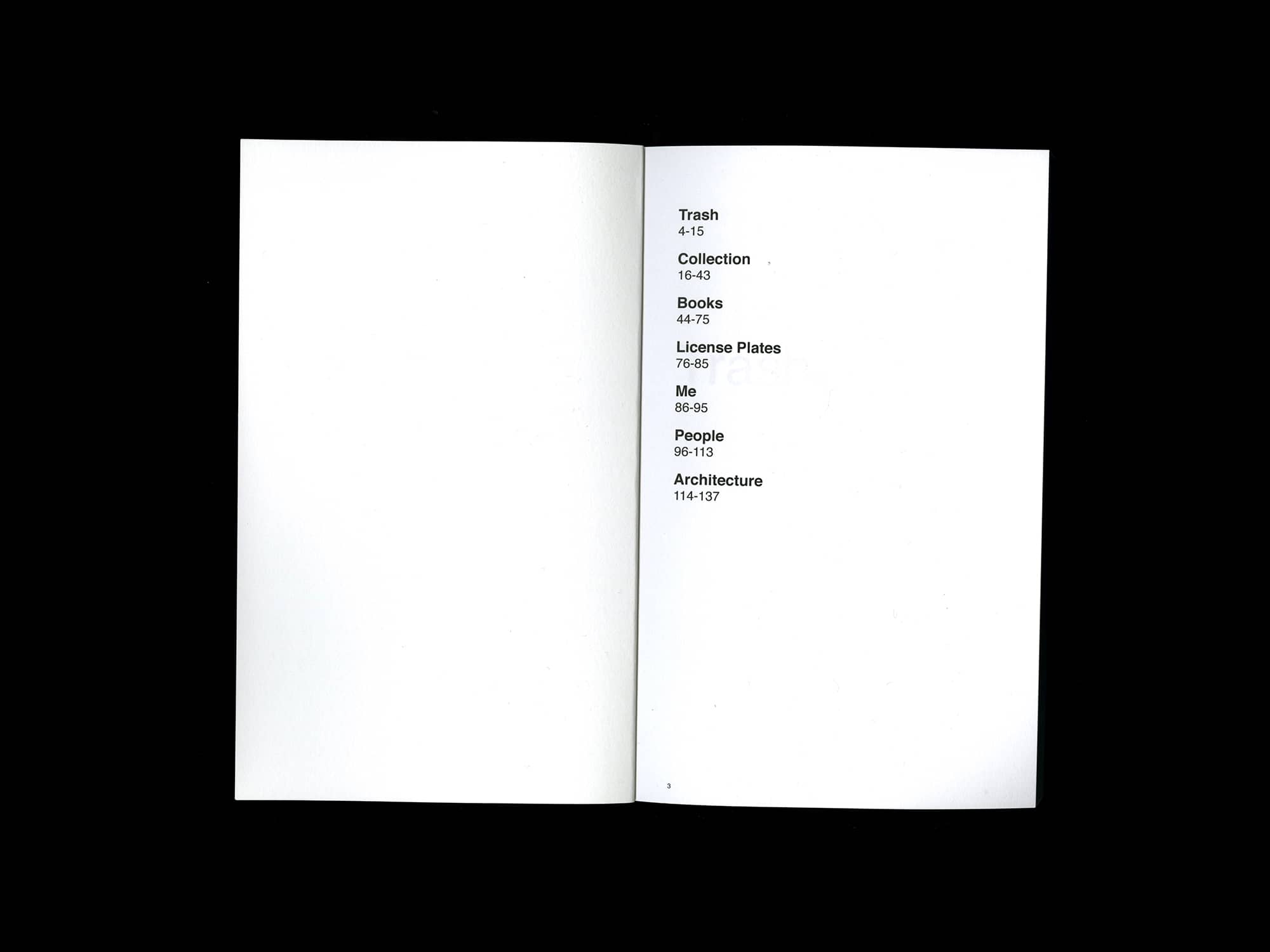
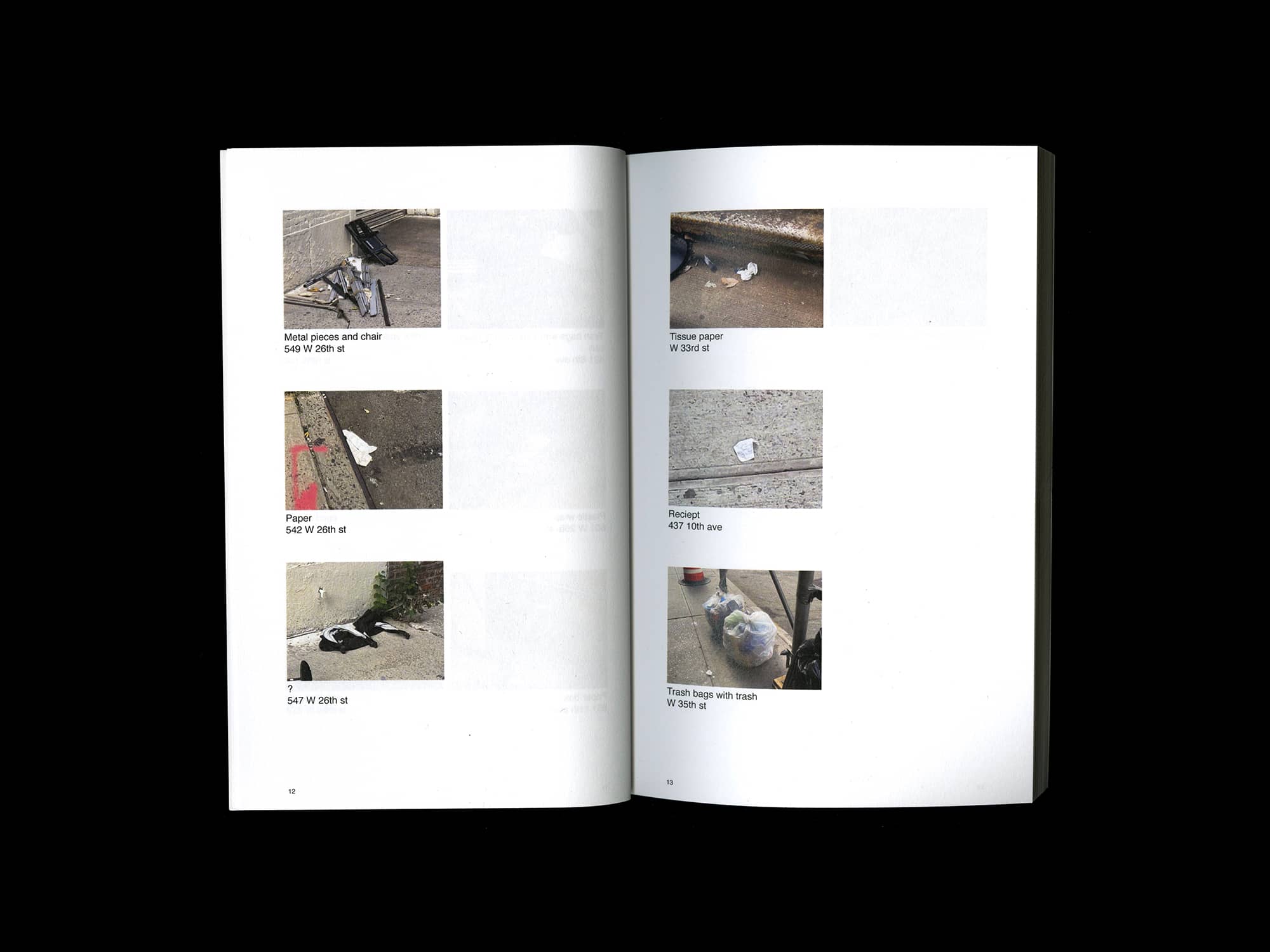

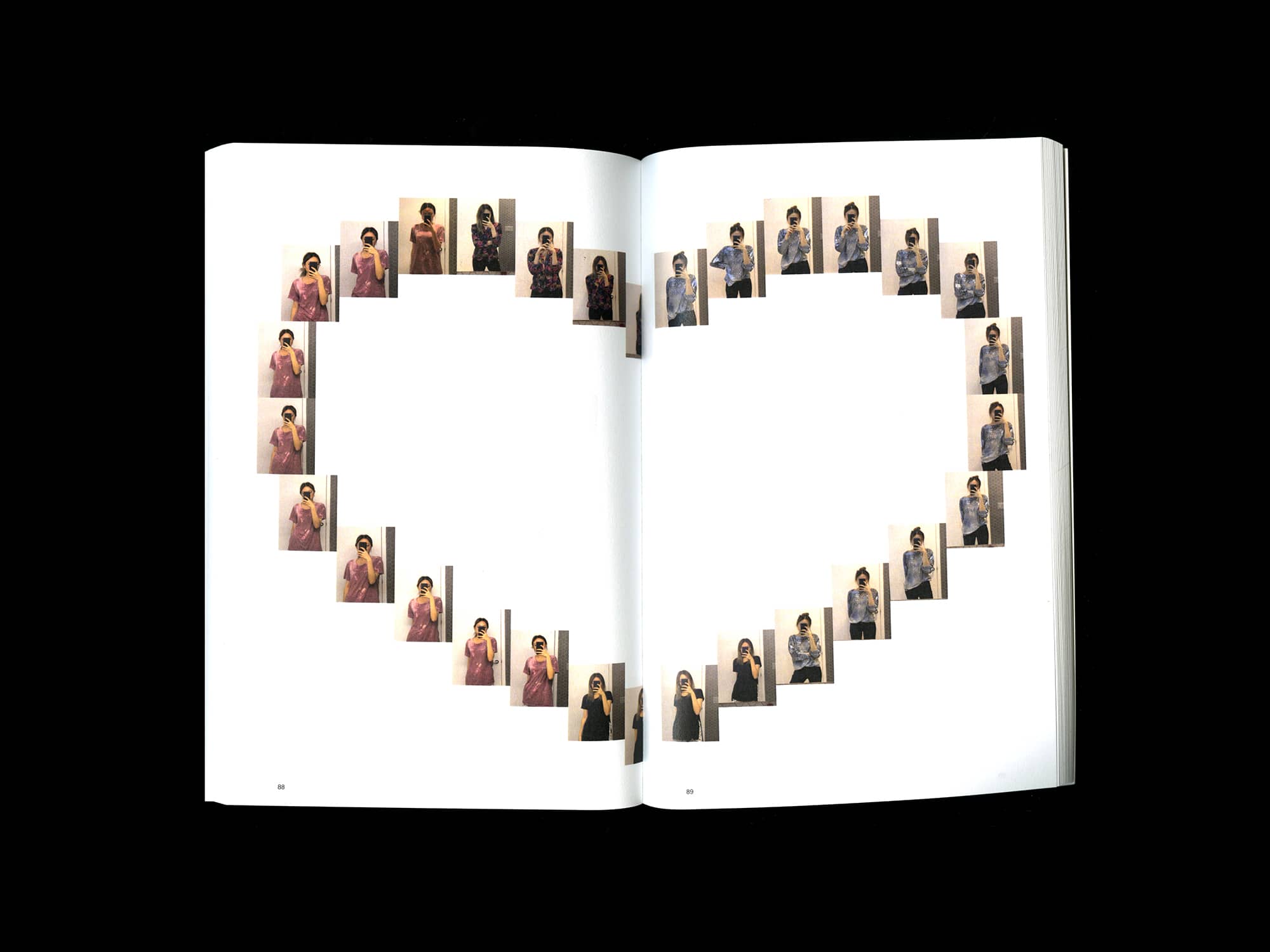

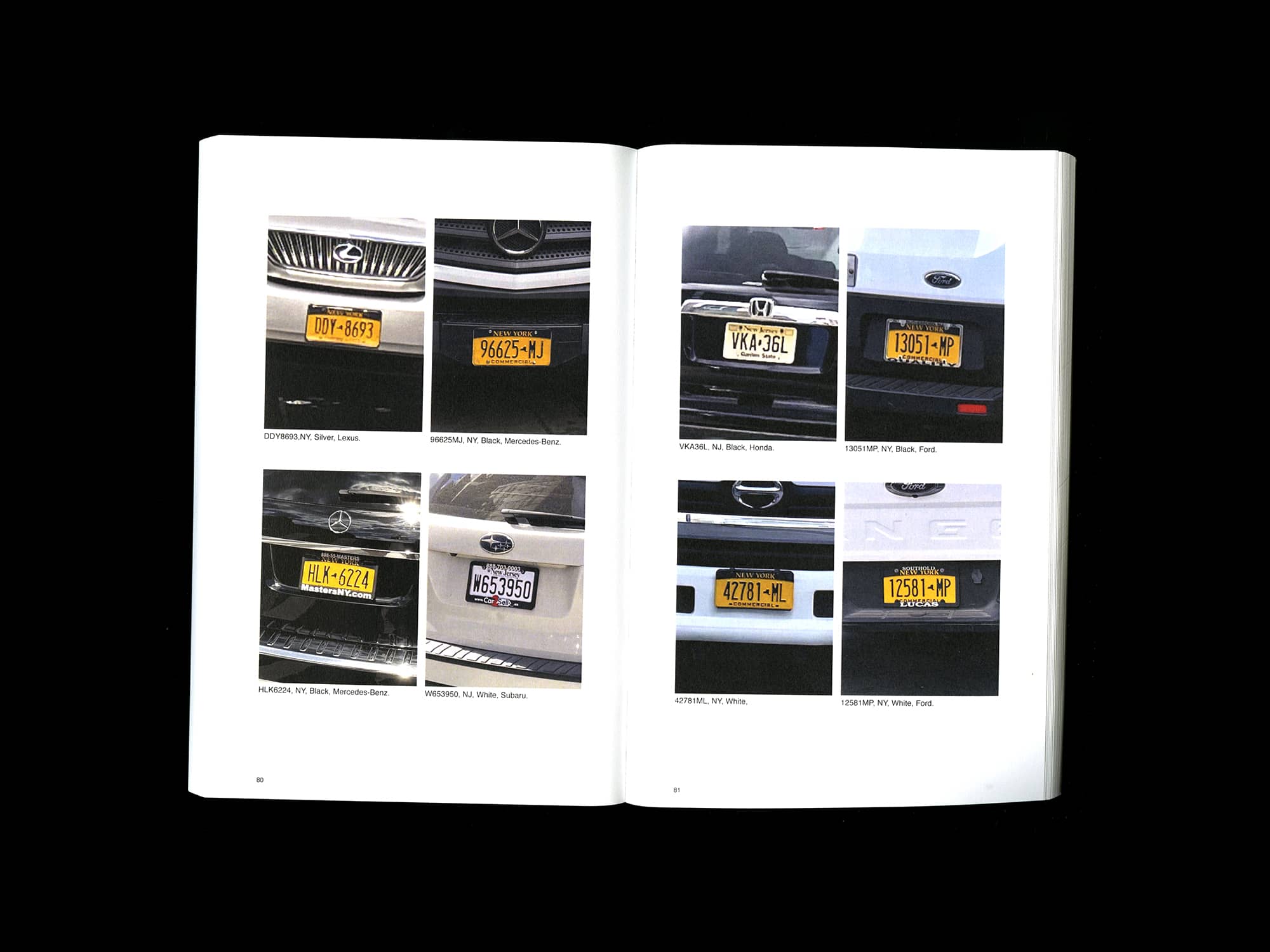
Student:
Ivy Kurniawan
Ivy Kurniawan
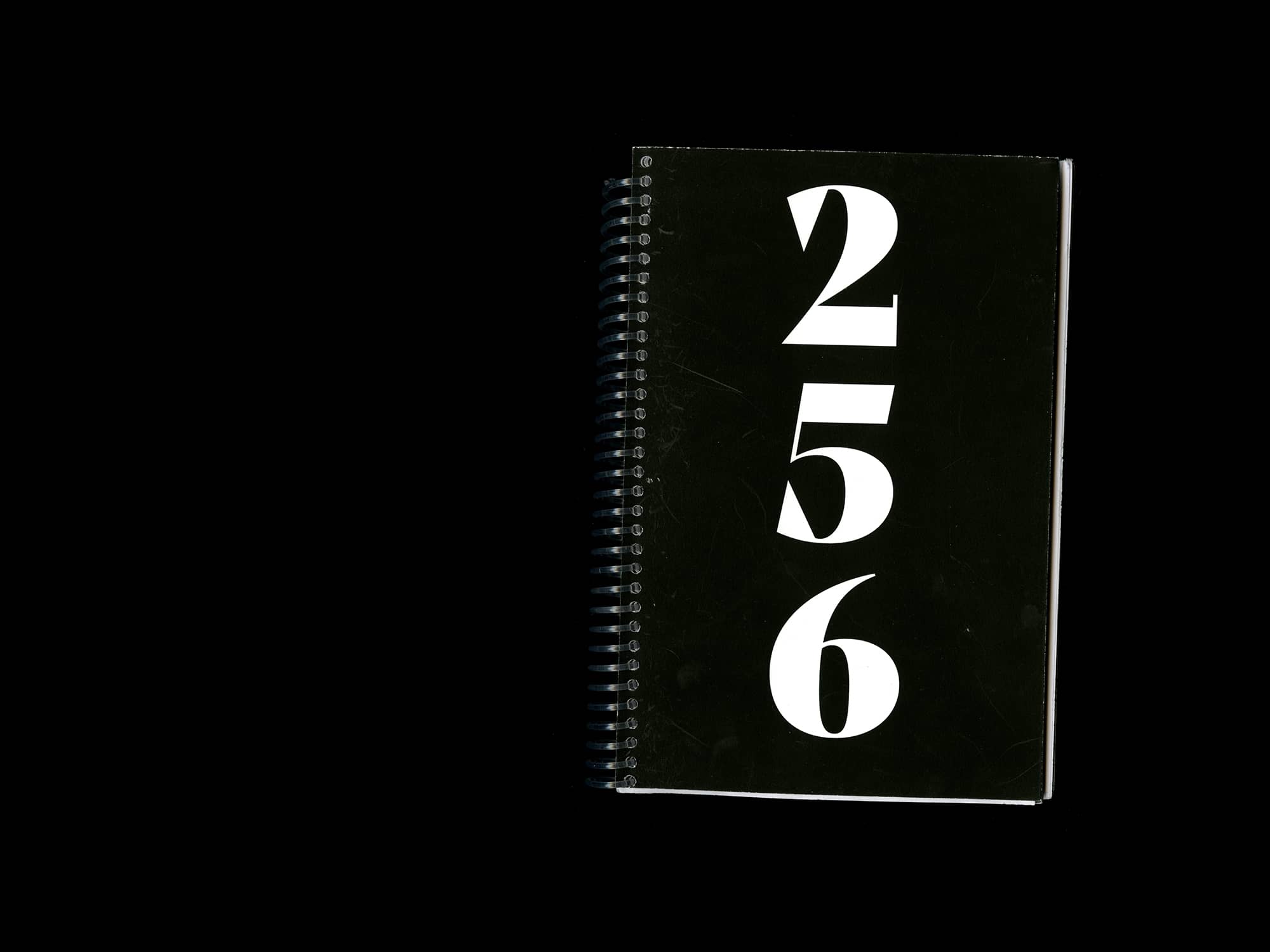
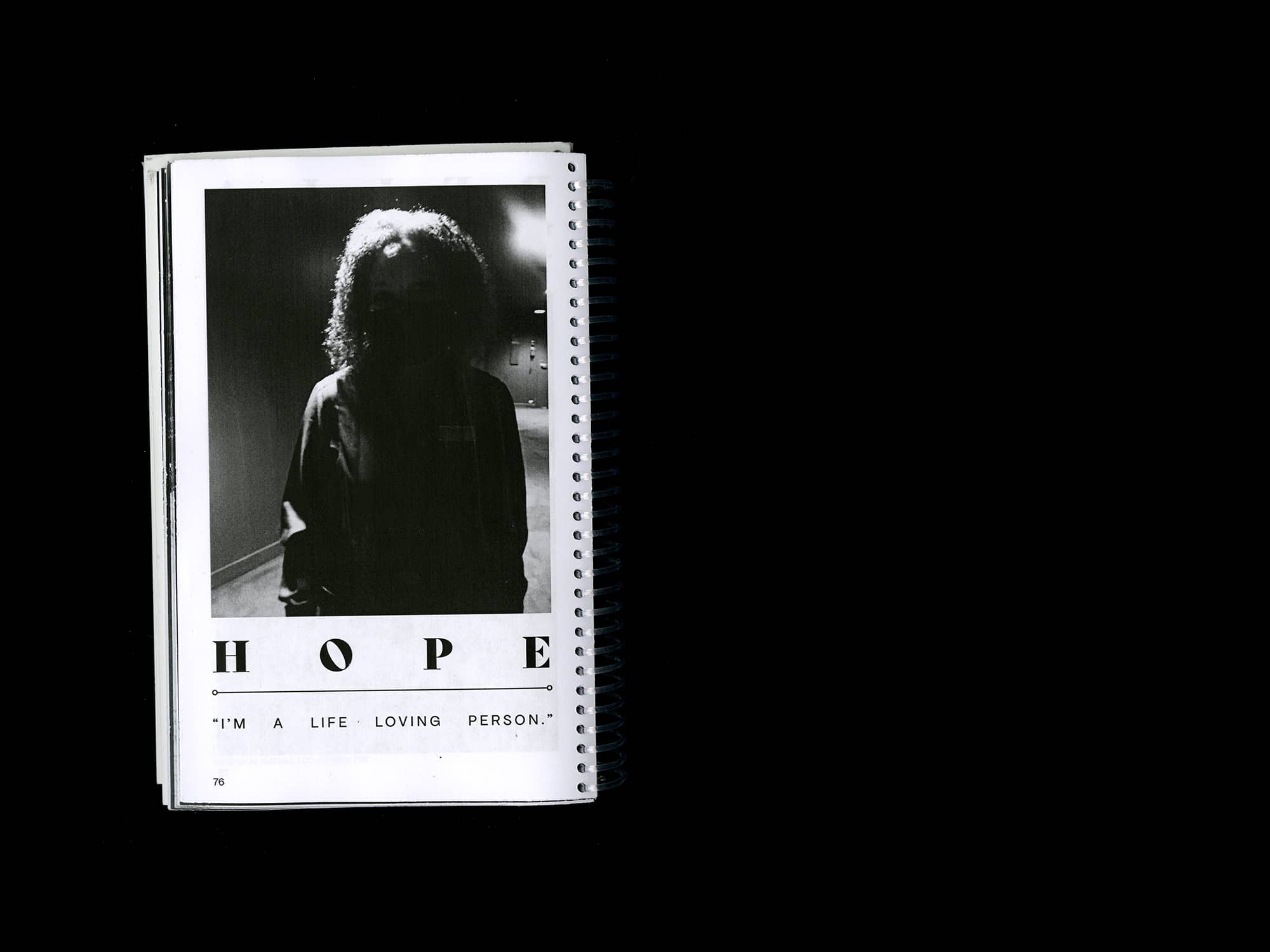



Student:
Jacy Chen
Jacy Chen

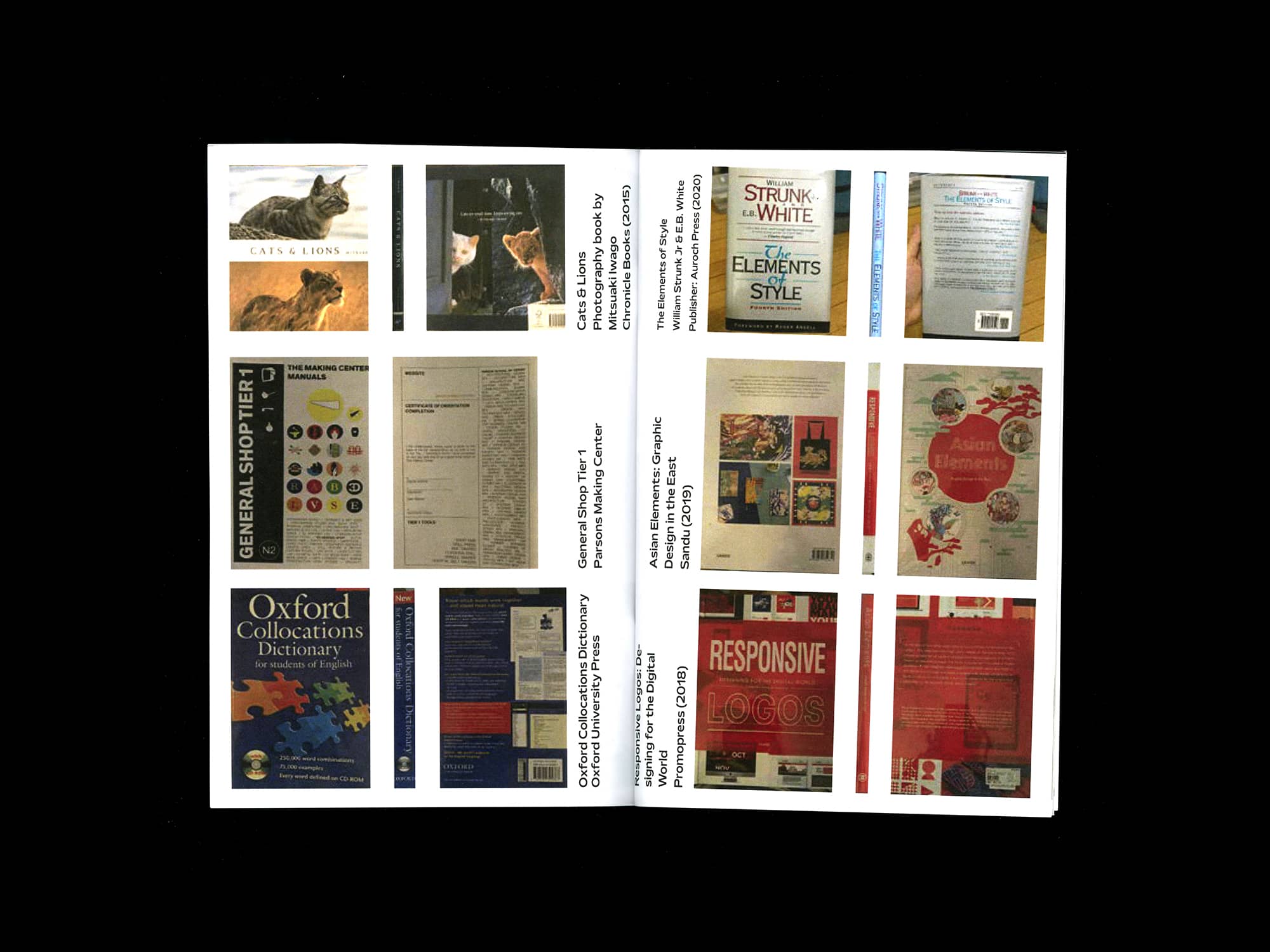
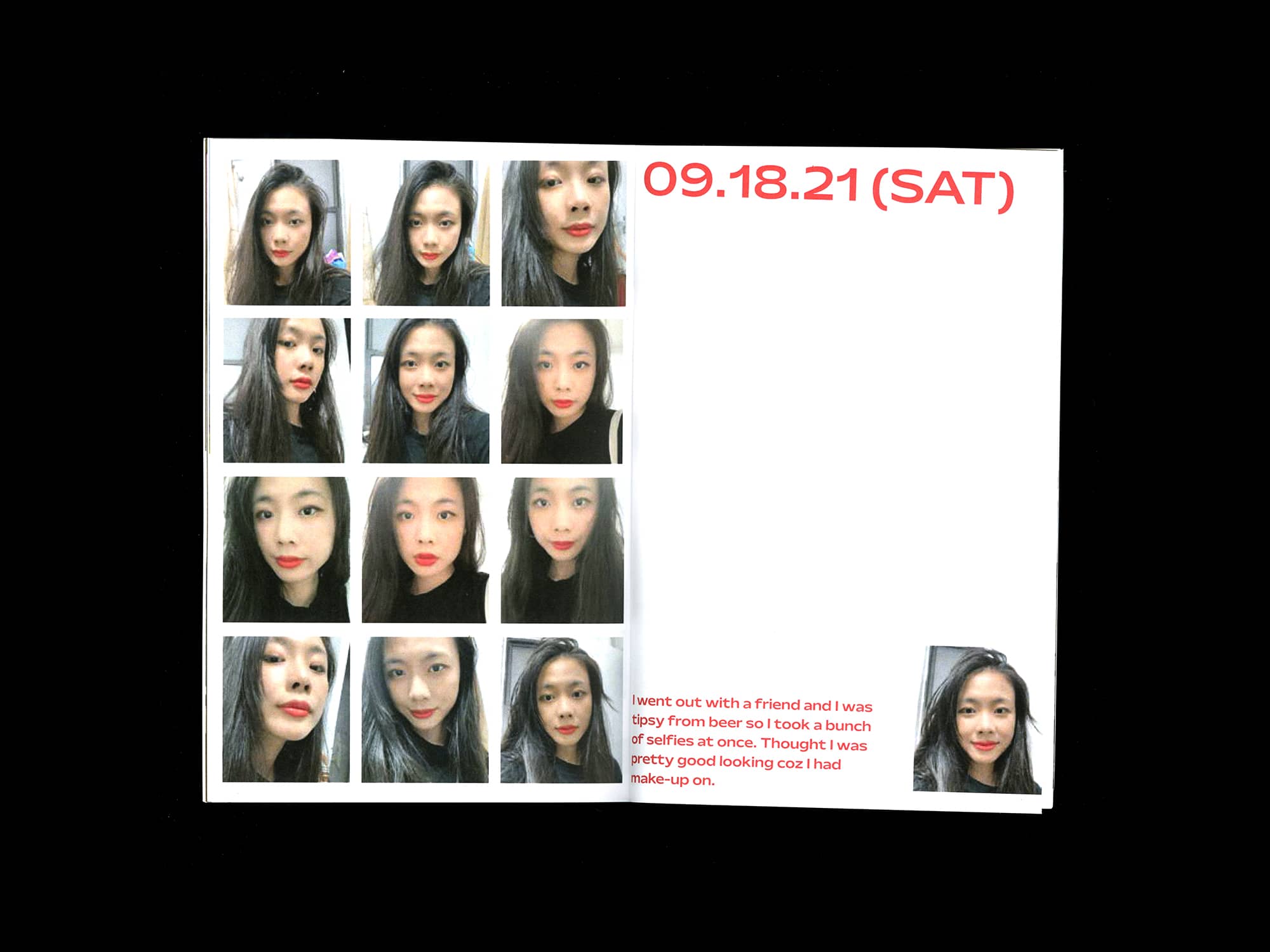

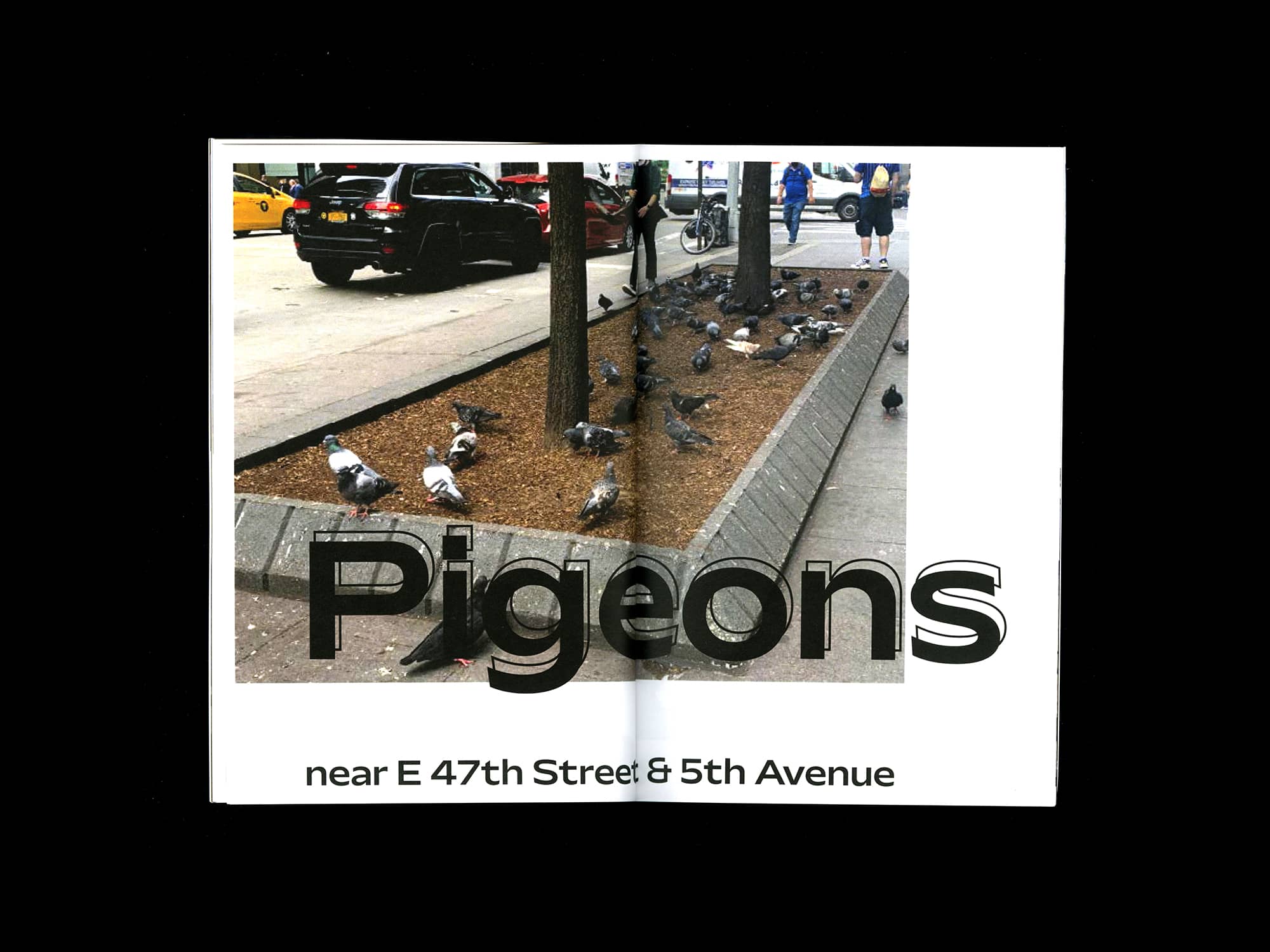
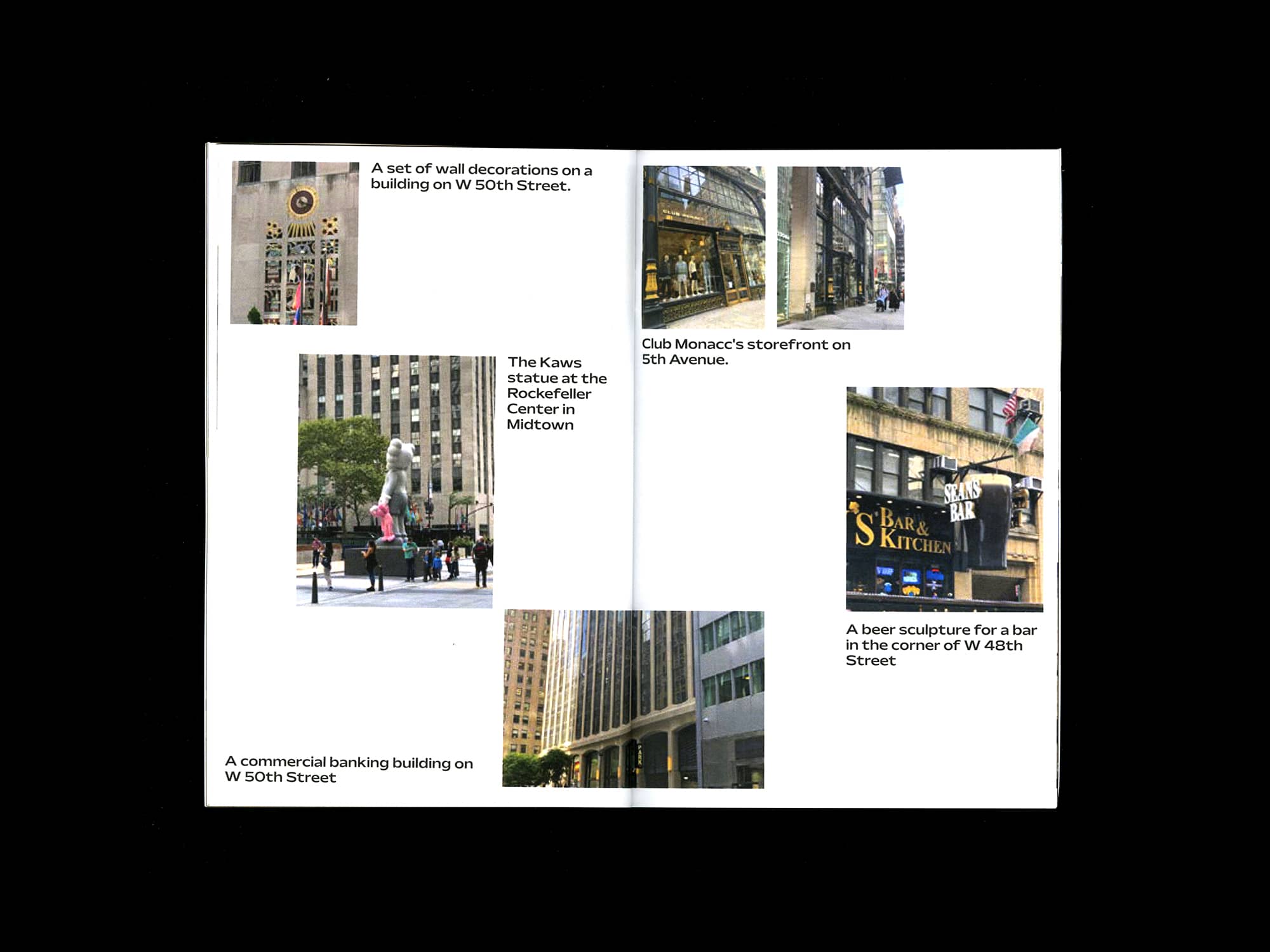
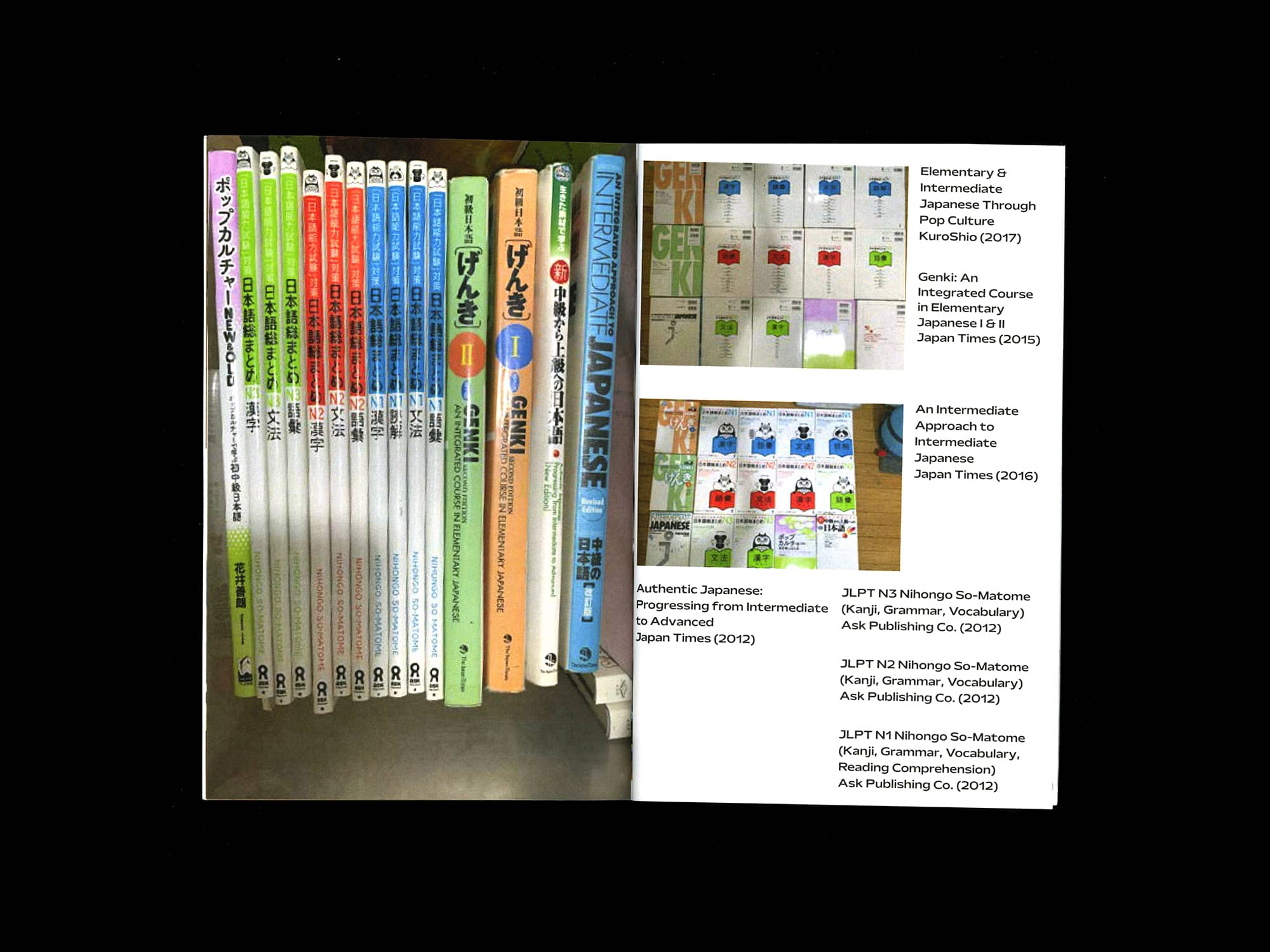
Student:
Juriel Furukawa
Juriel Furukawa





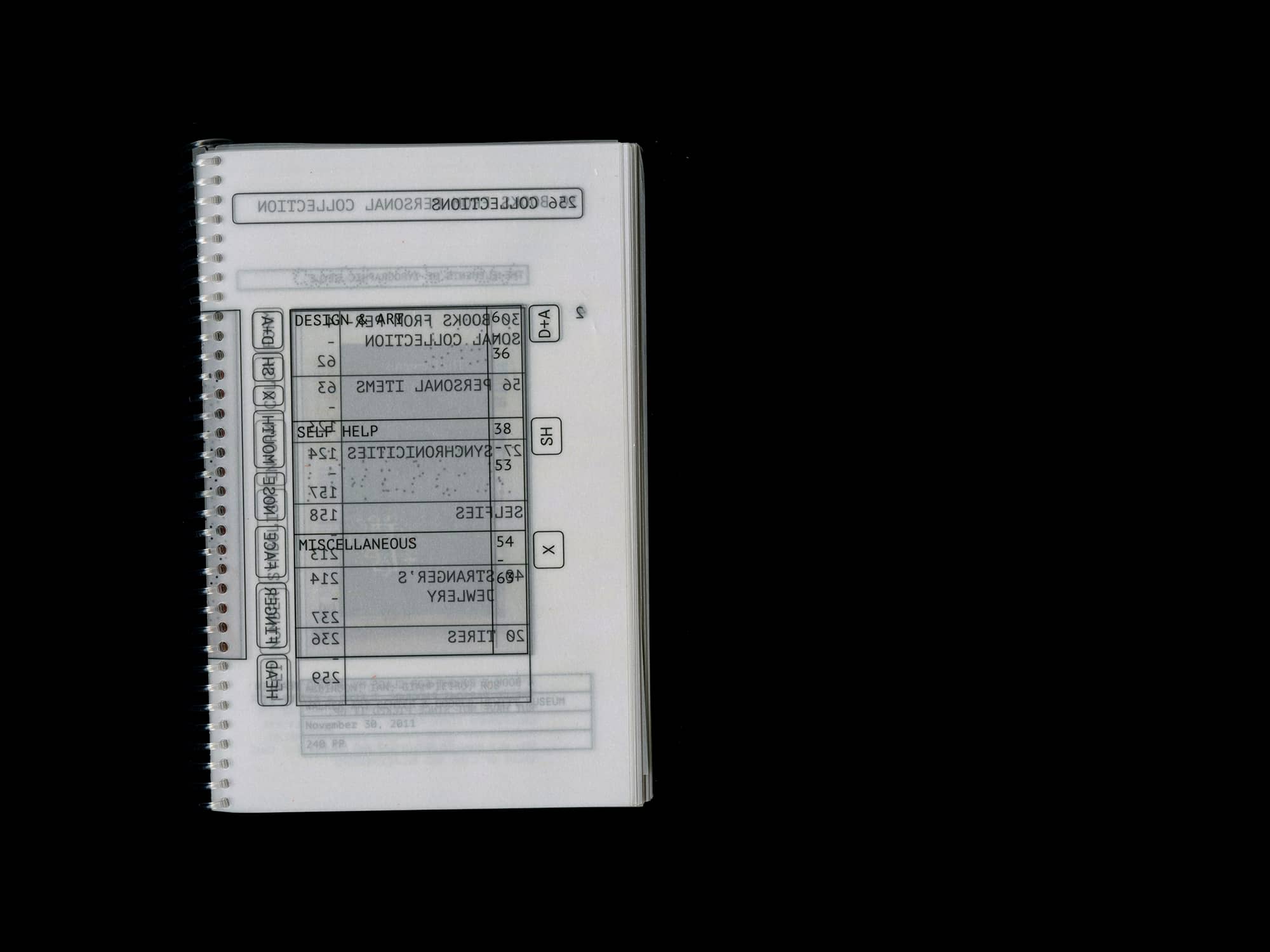
Student:
Kelly Liu
Kelly Liu
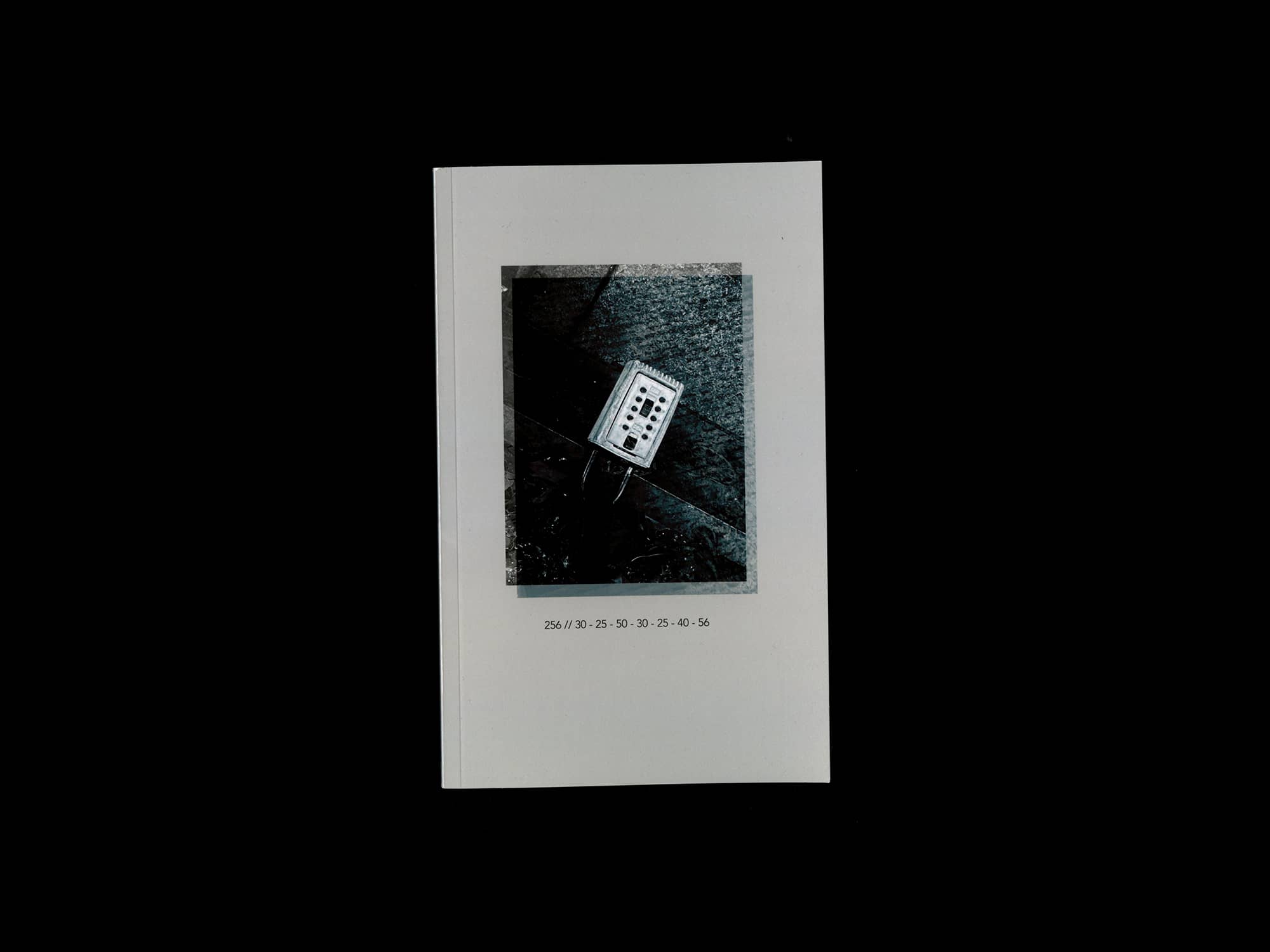

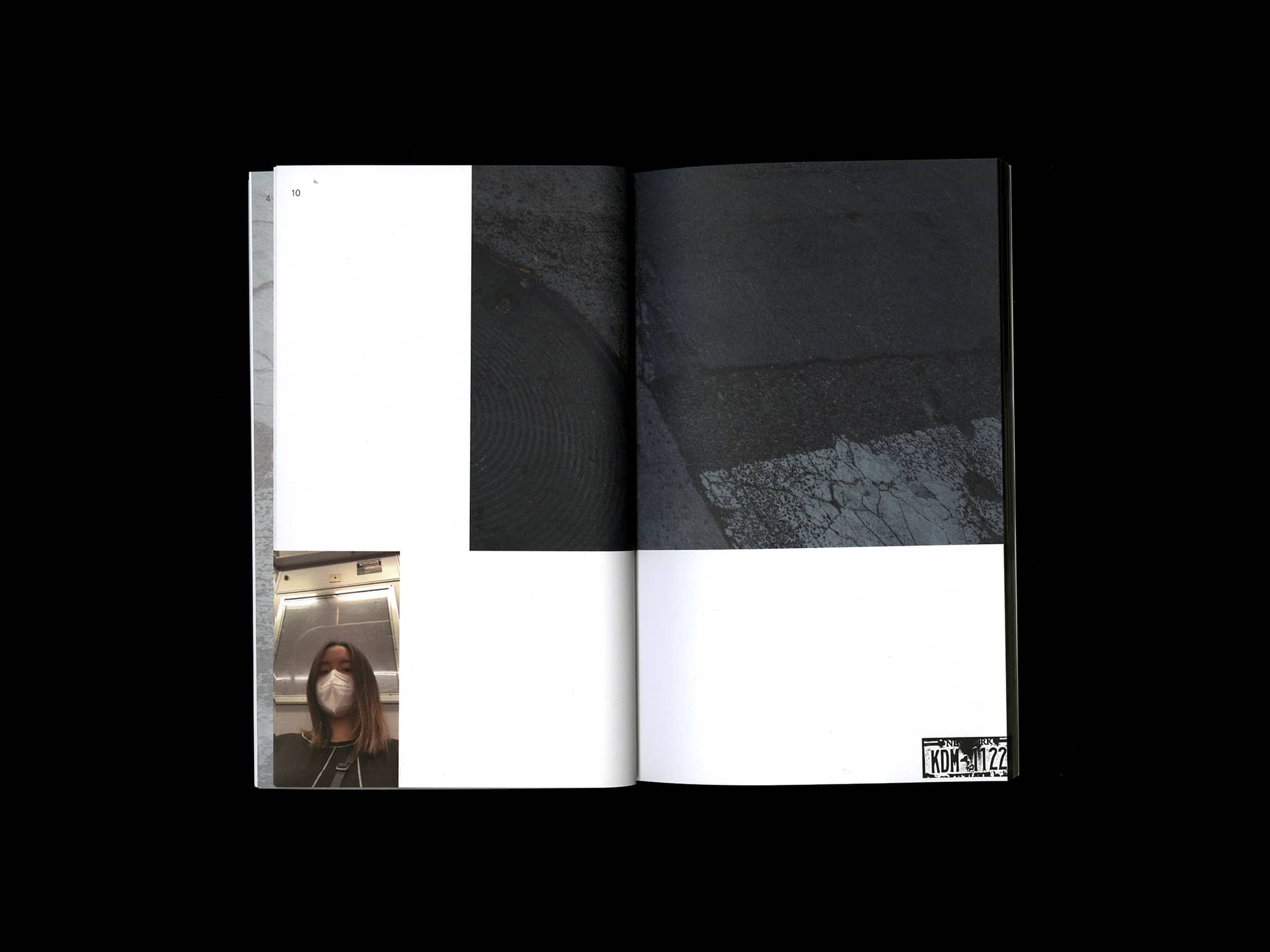
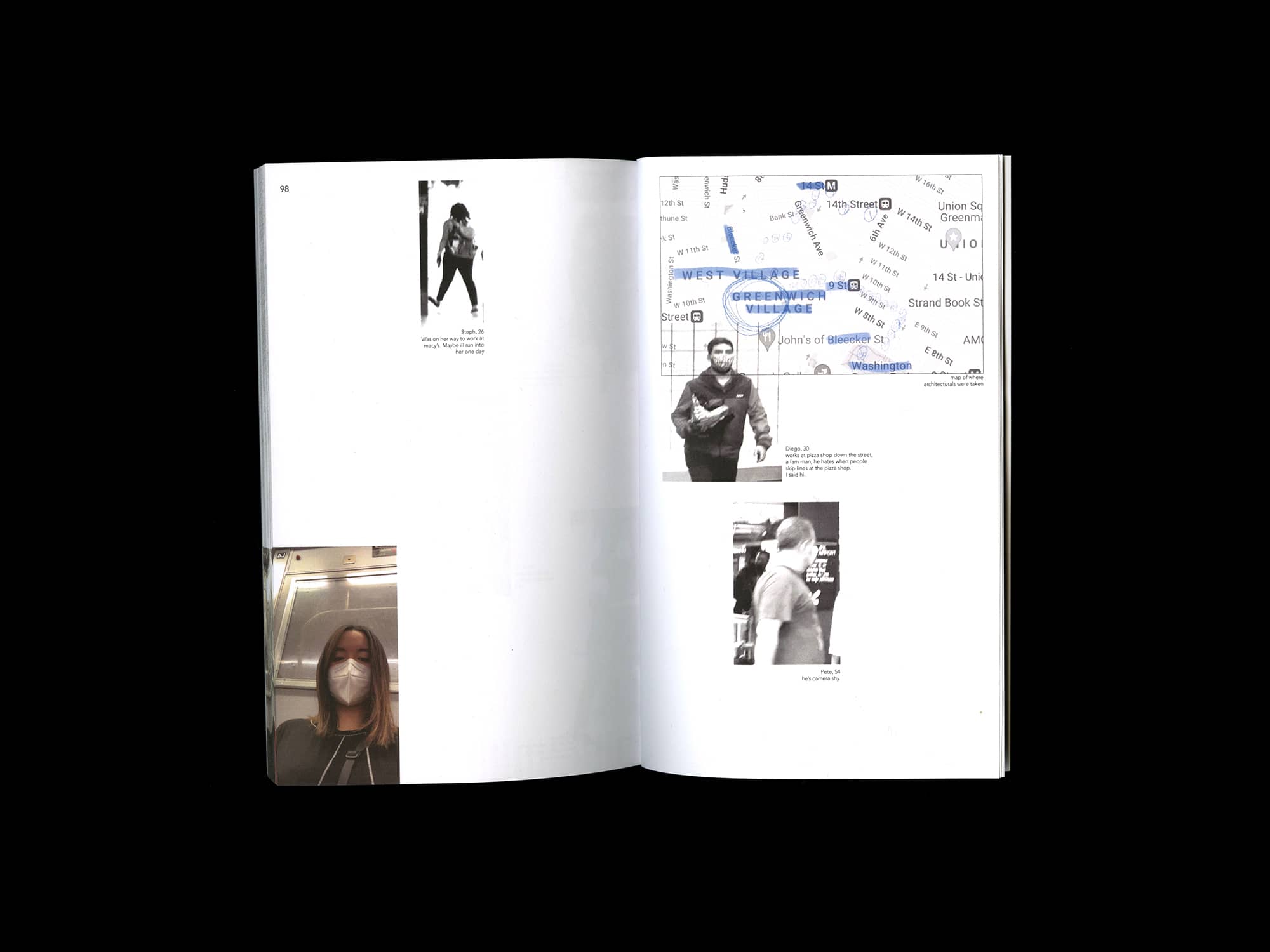

Student:
Nora Lombardo
Nora Lombardo



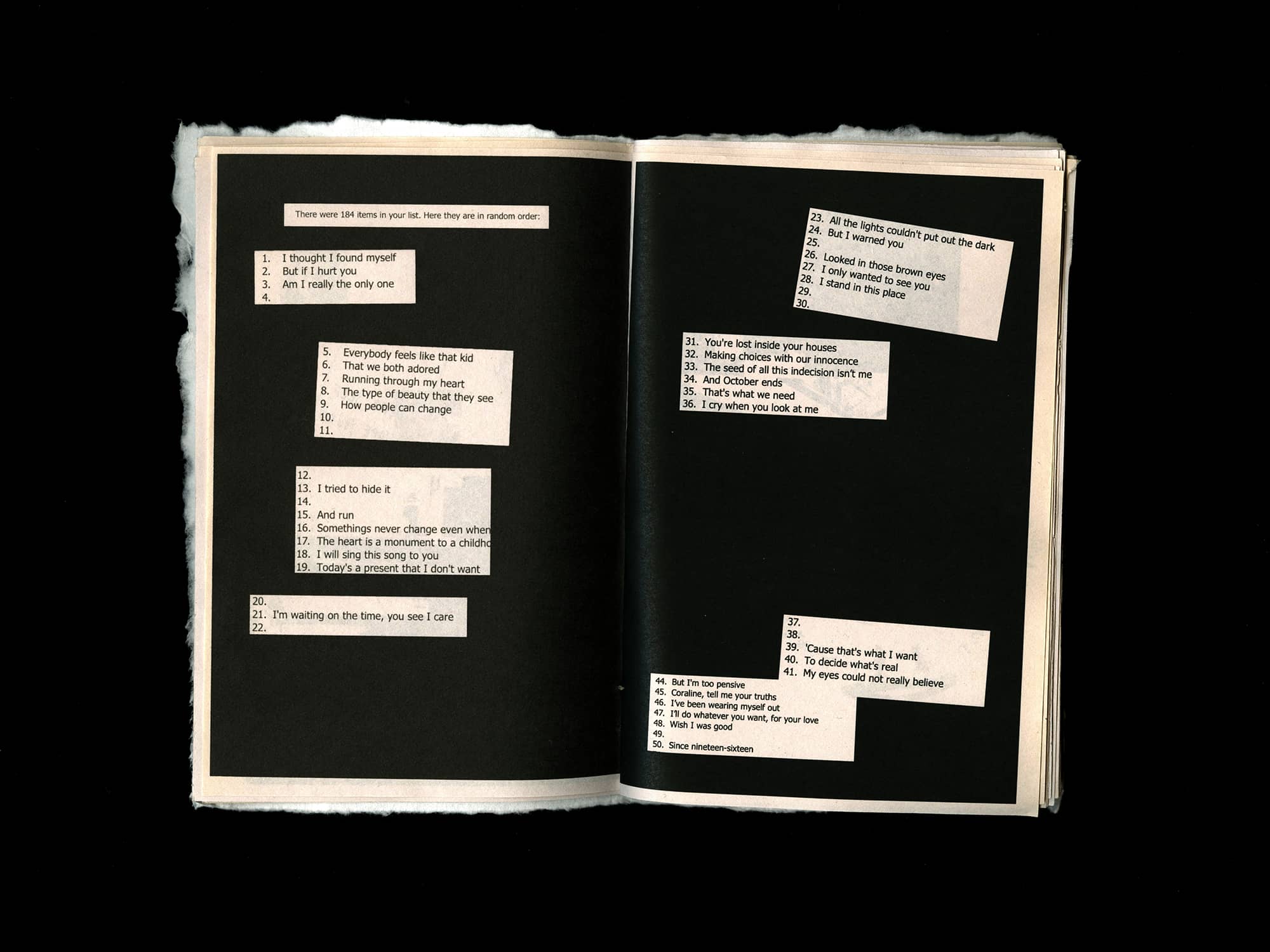
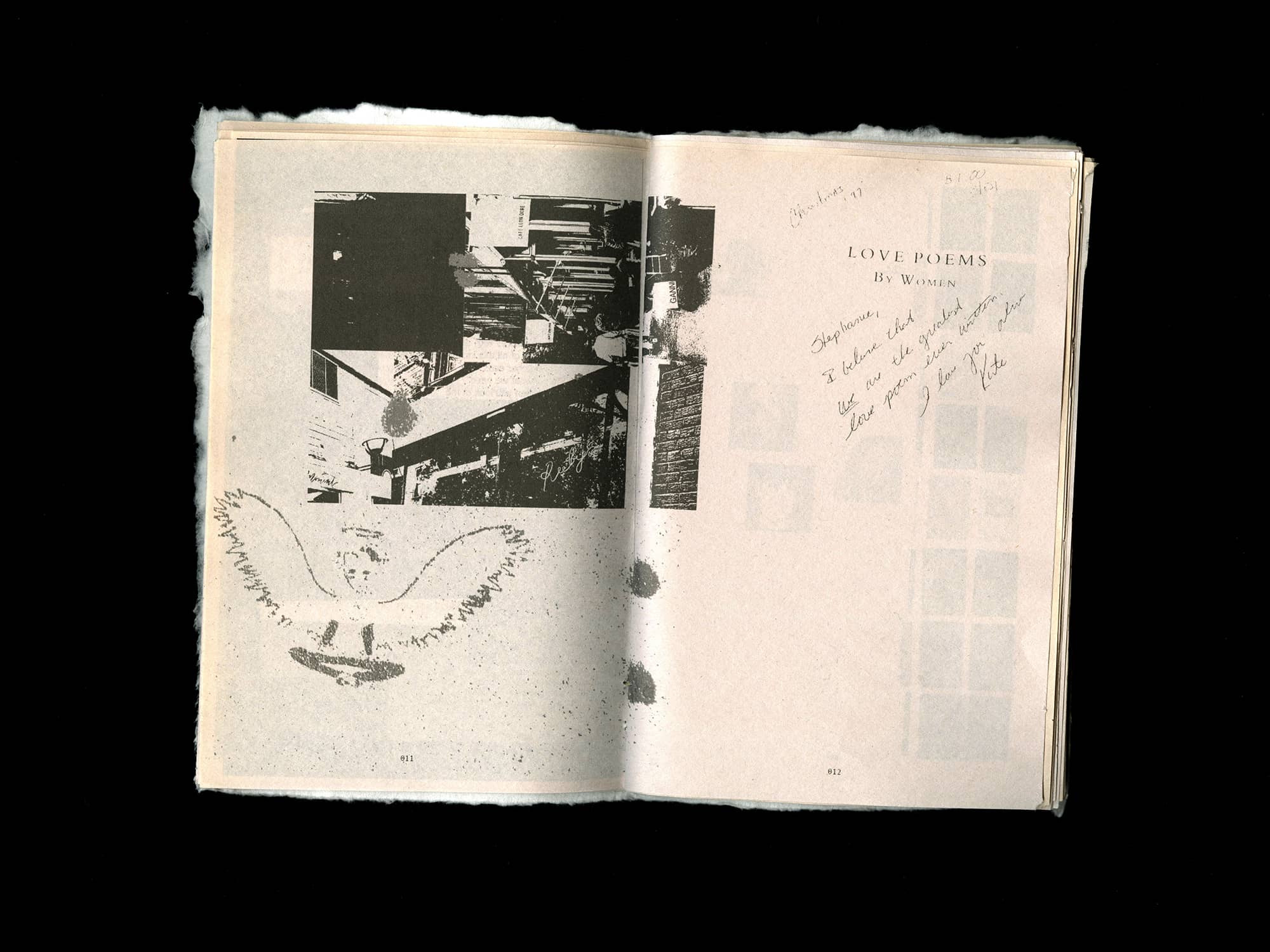
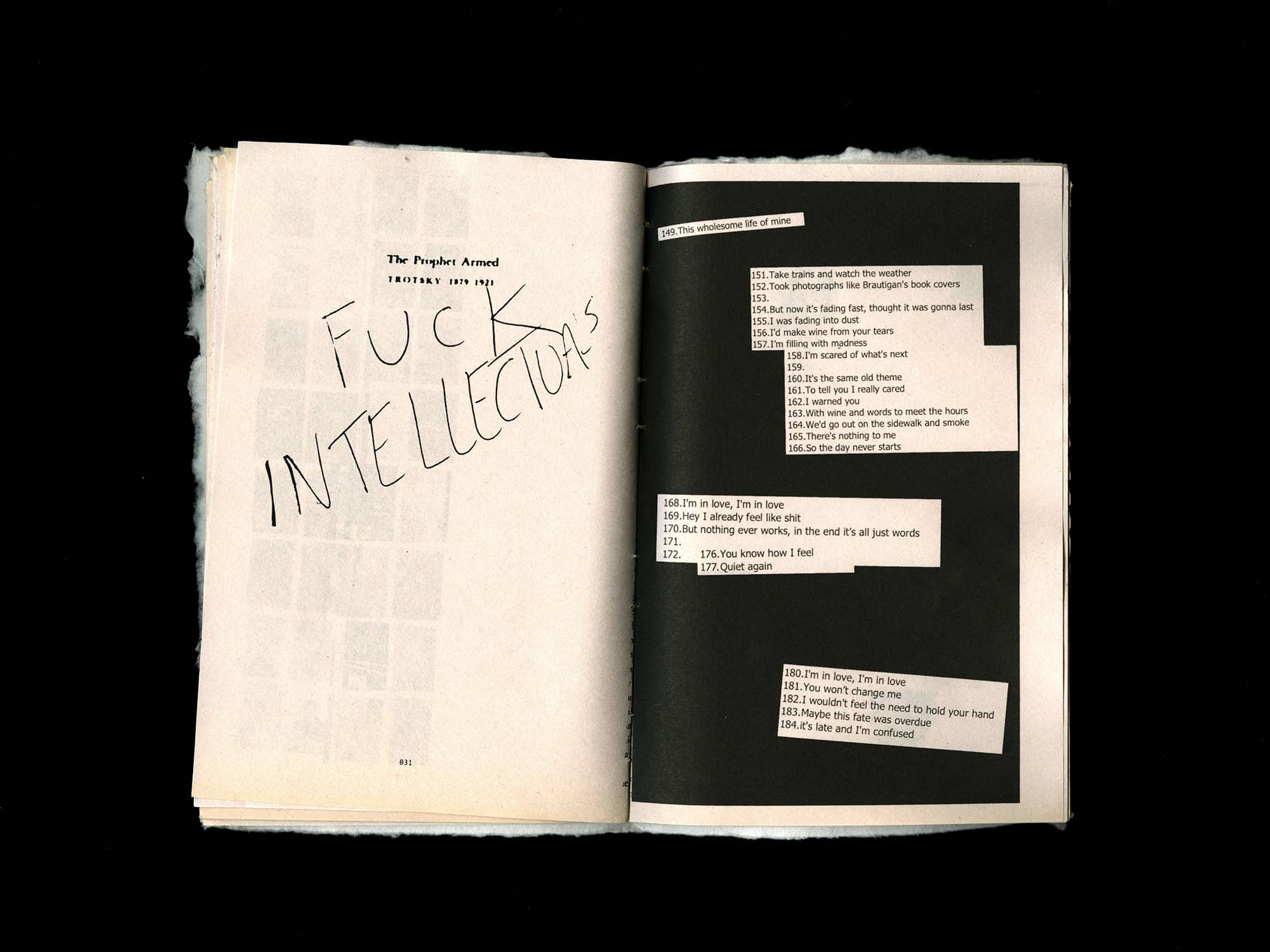


Student:
Oz Osborn
Oz Osborn


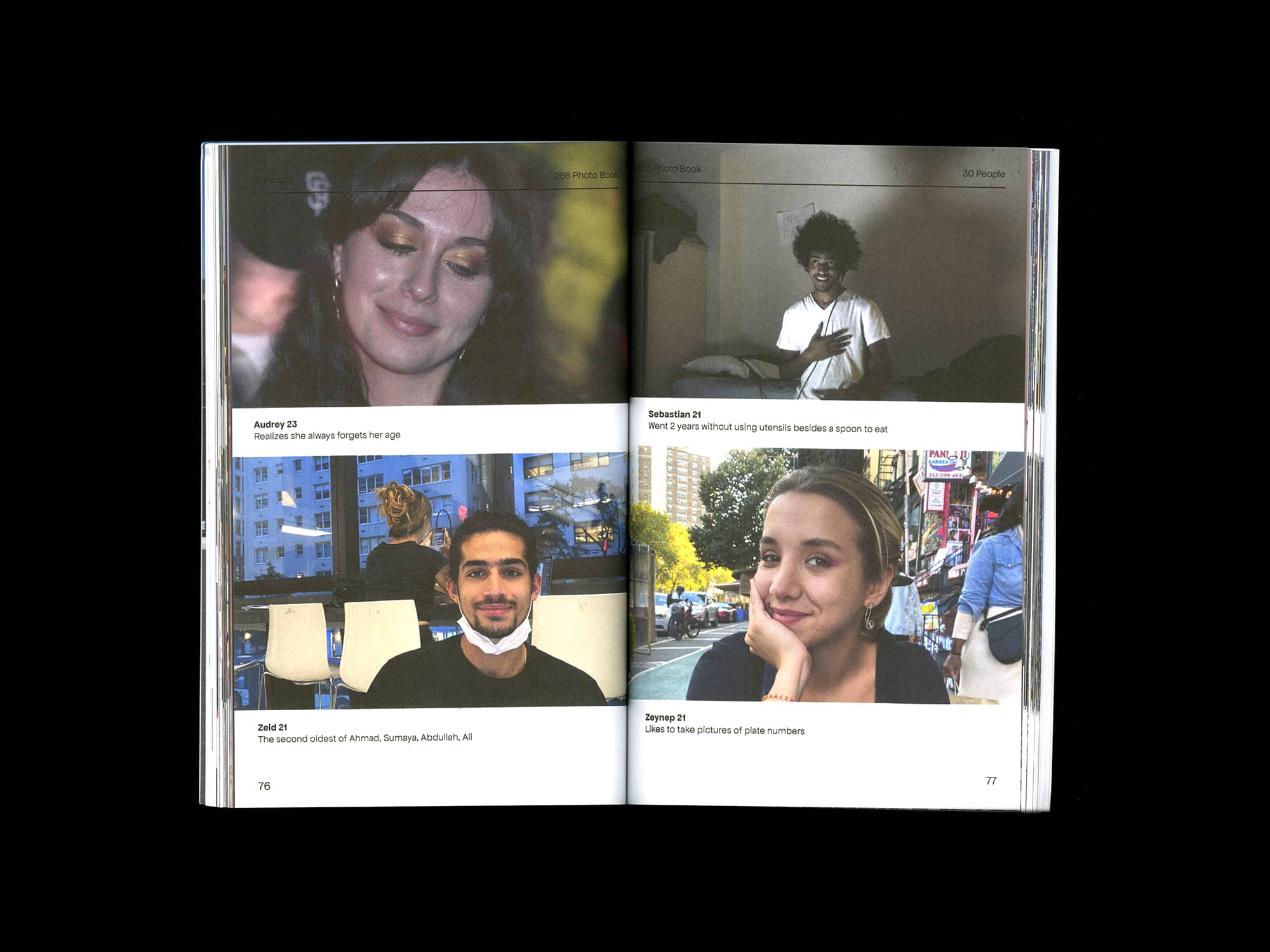
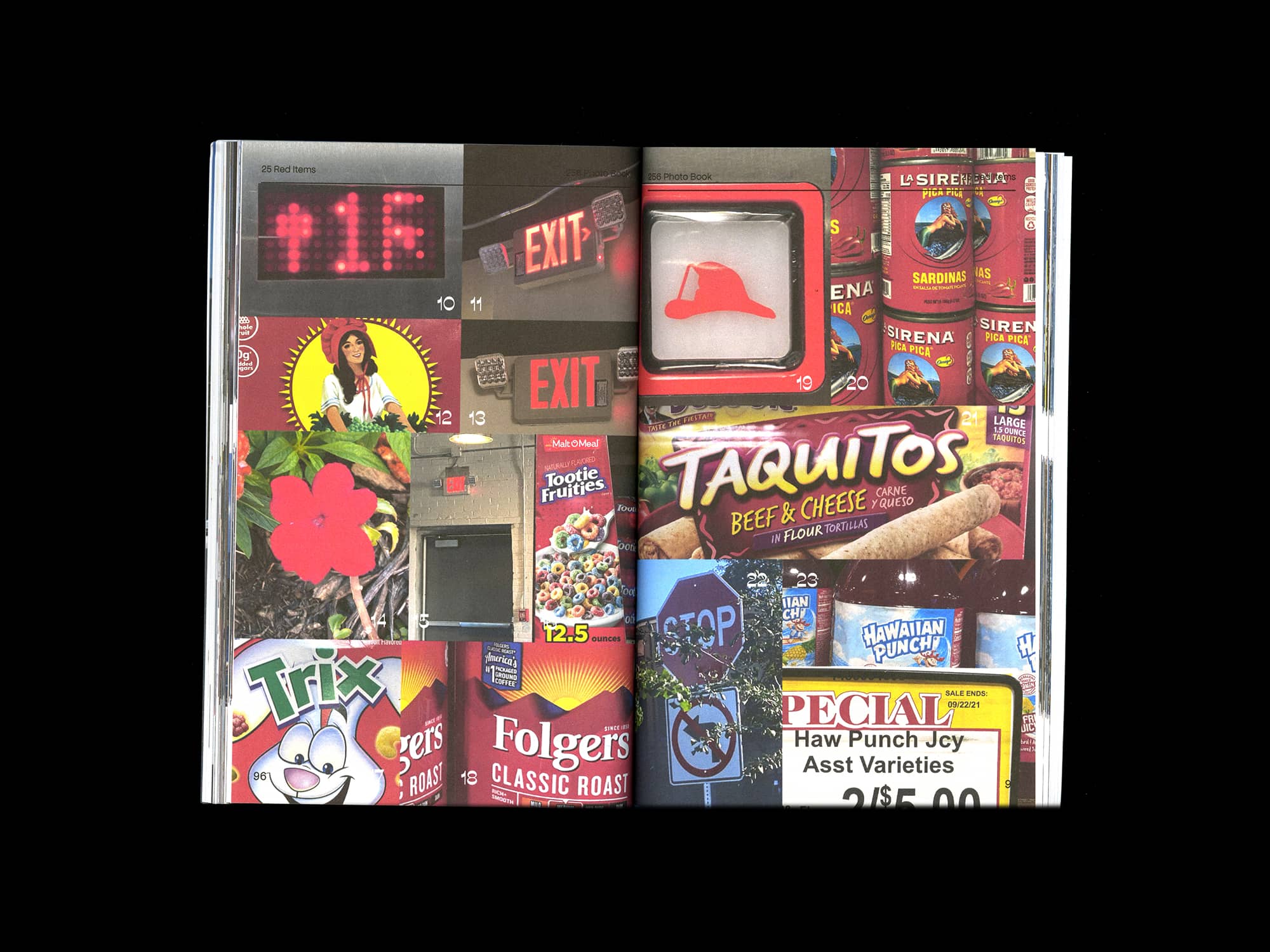
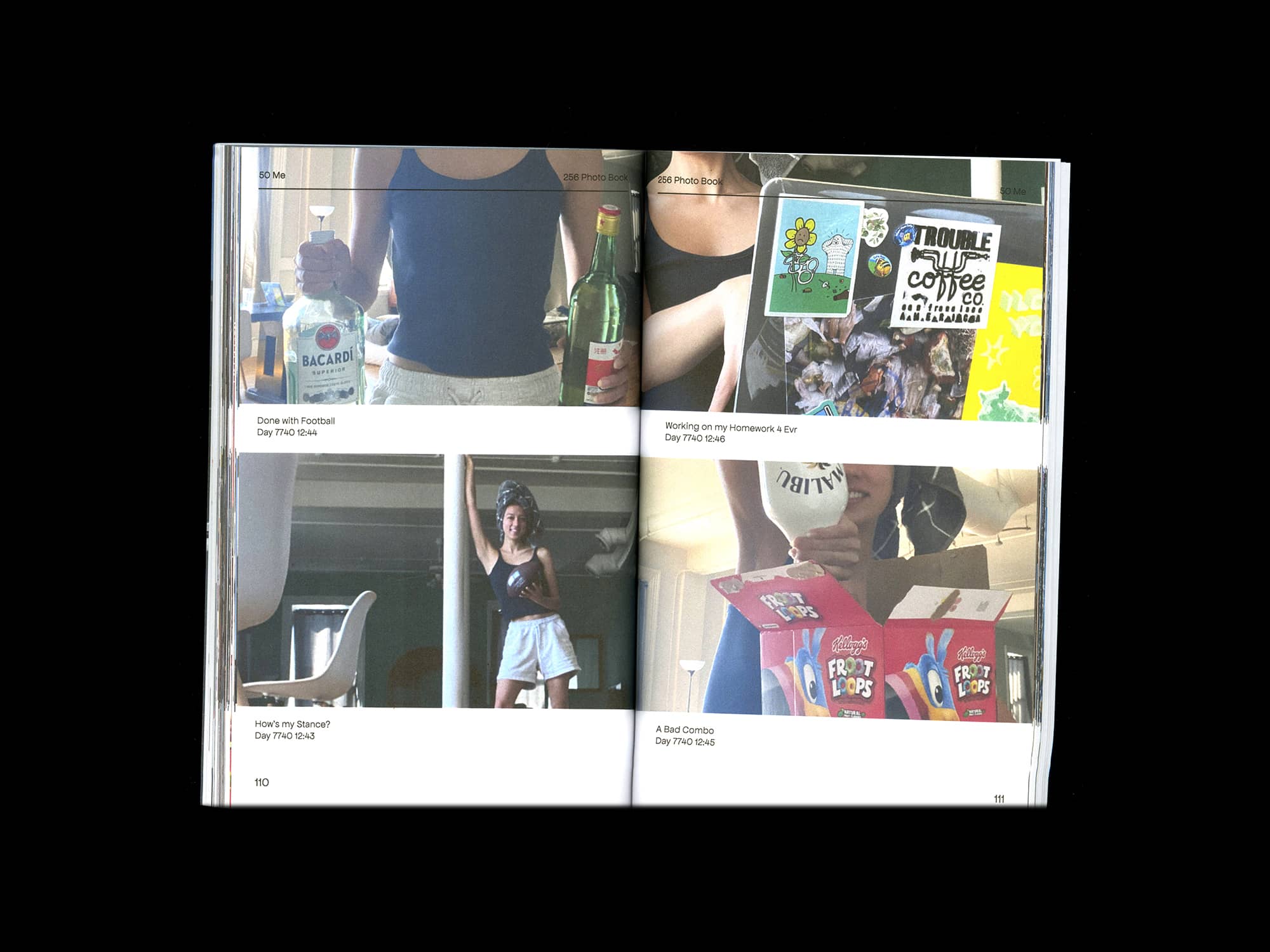
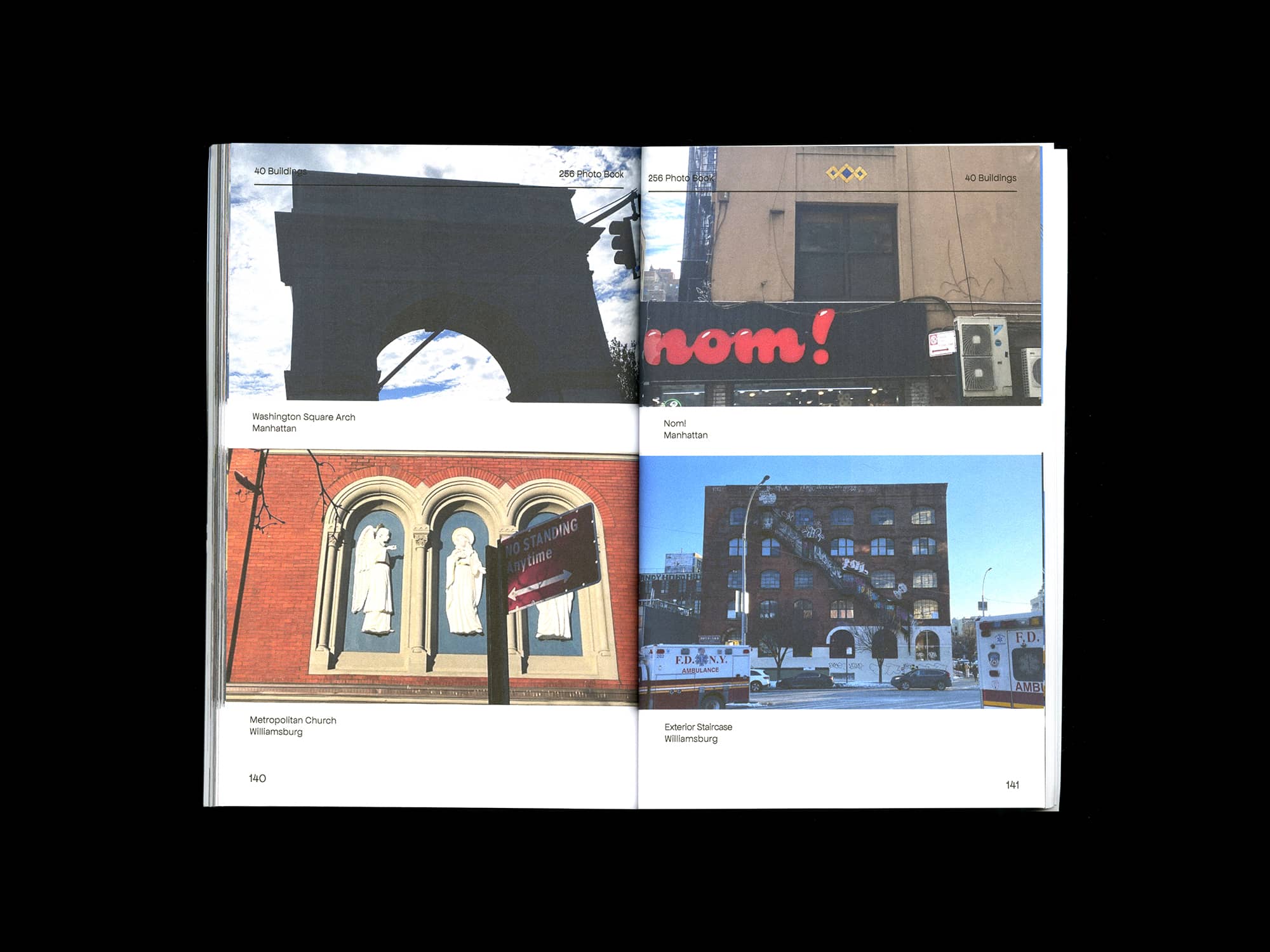
Student:
Samantha Chun
Samantha Chun
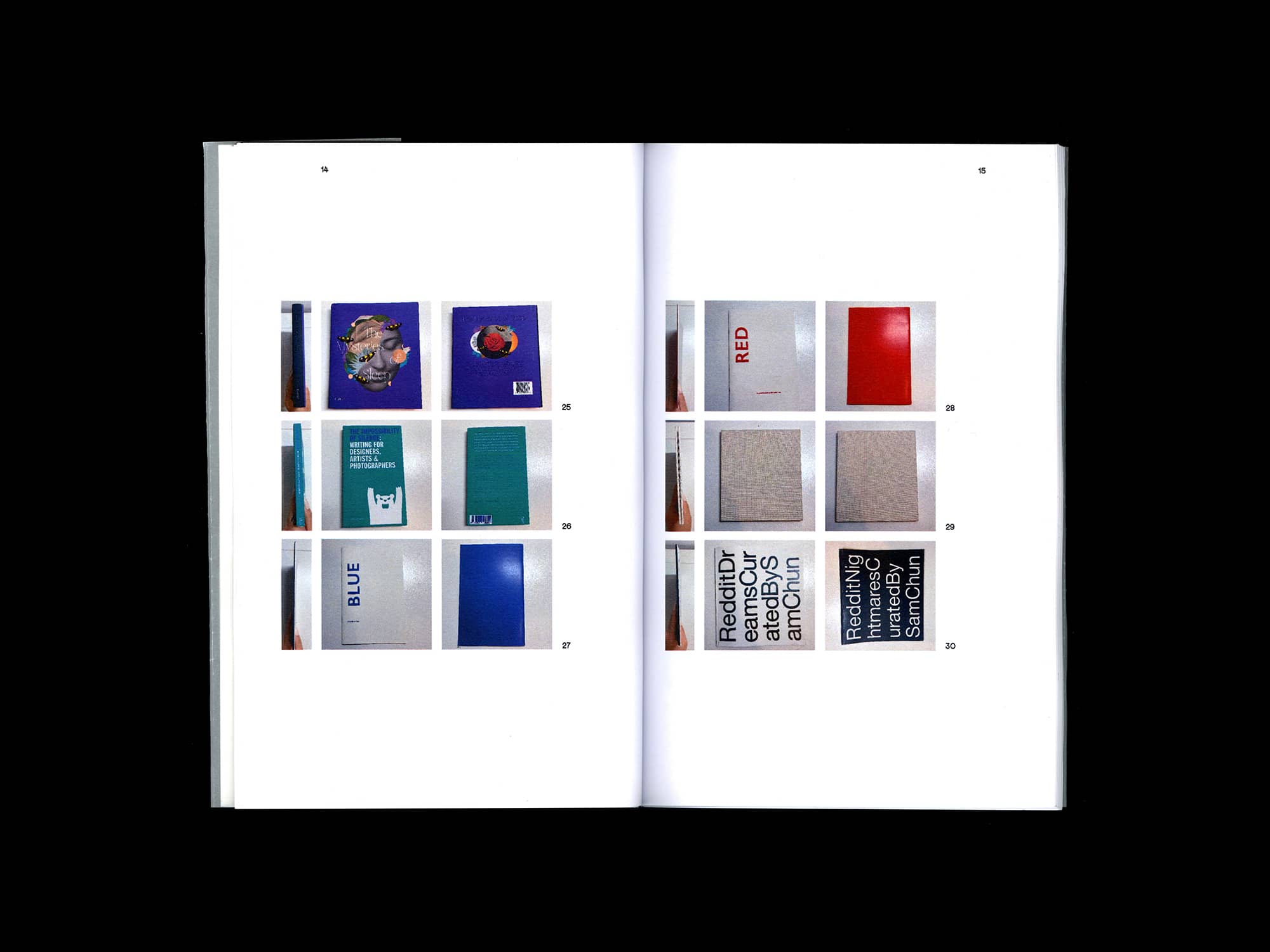
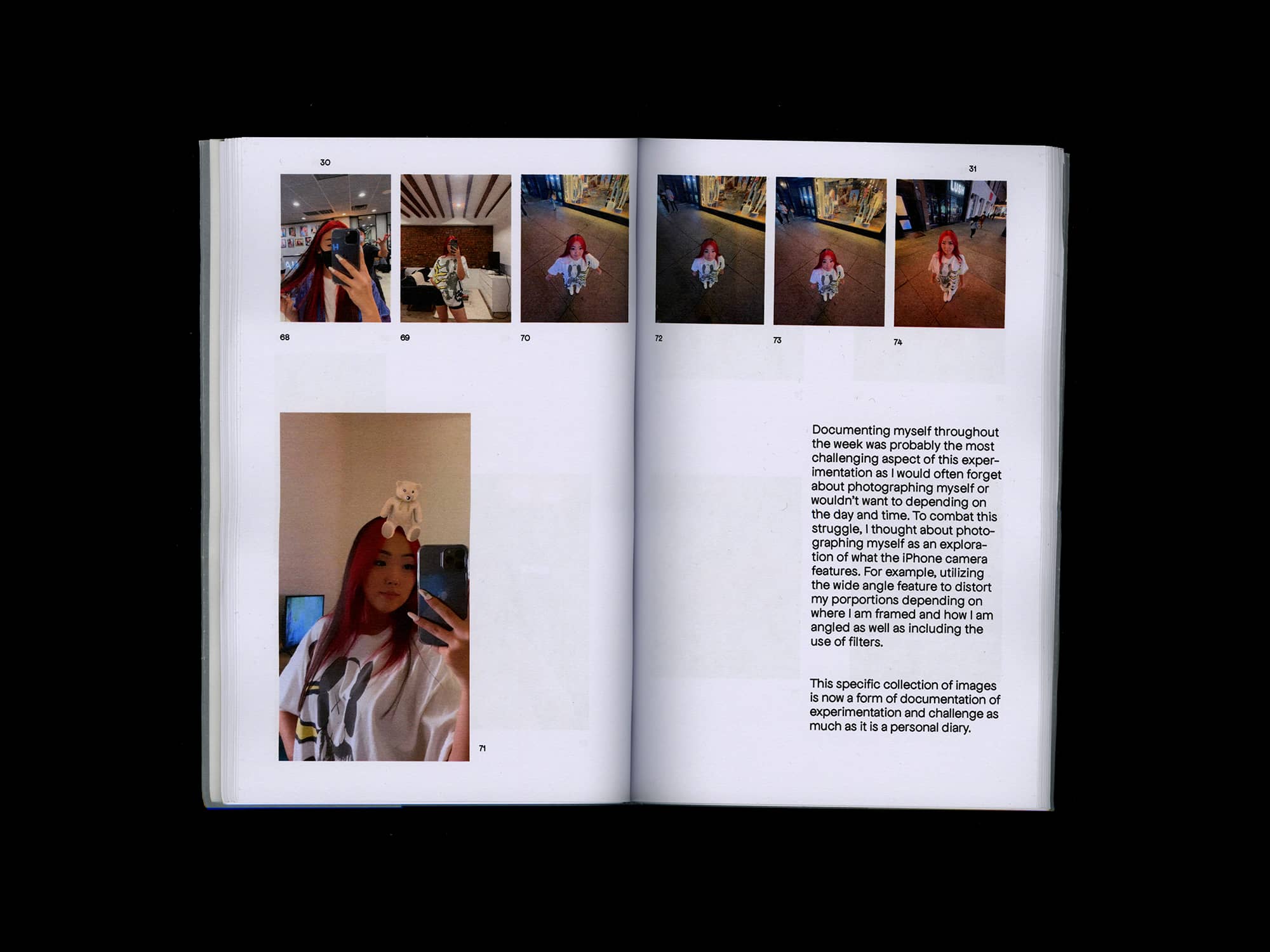
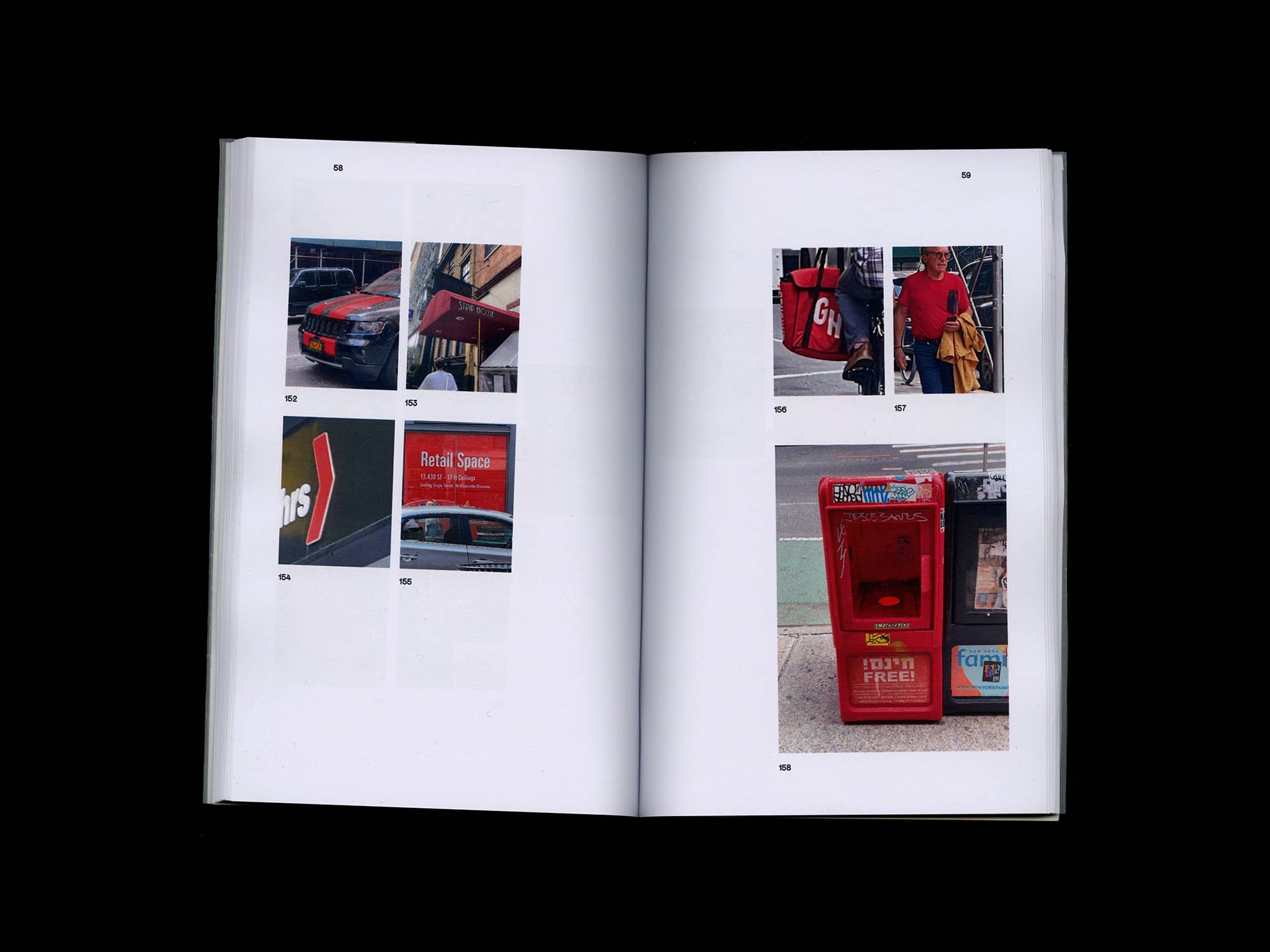




Student:
Sarah Kim
Sarah Kim
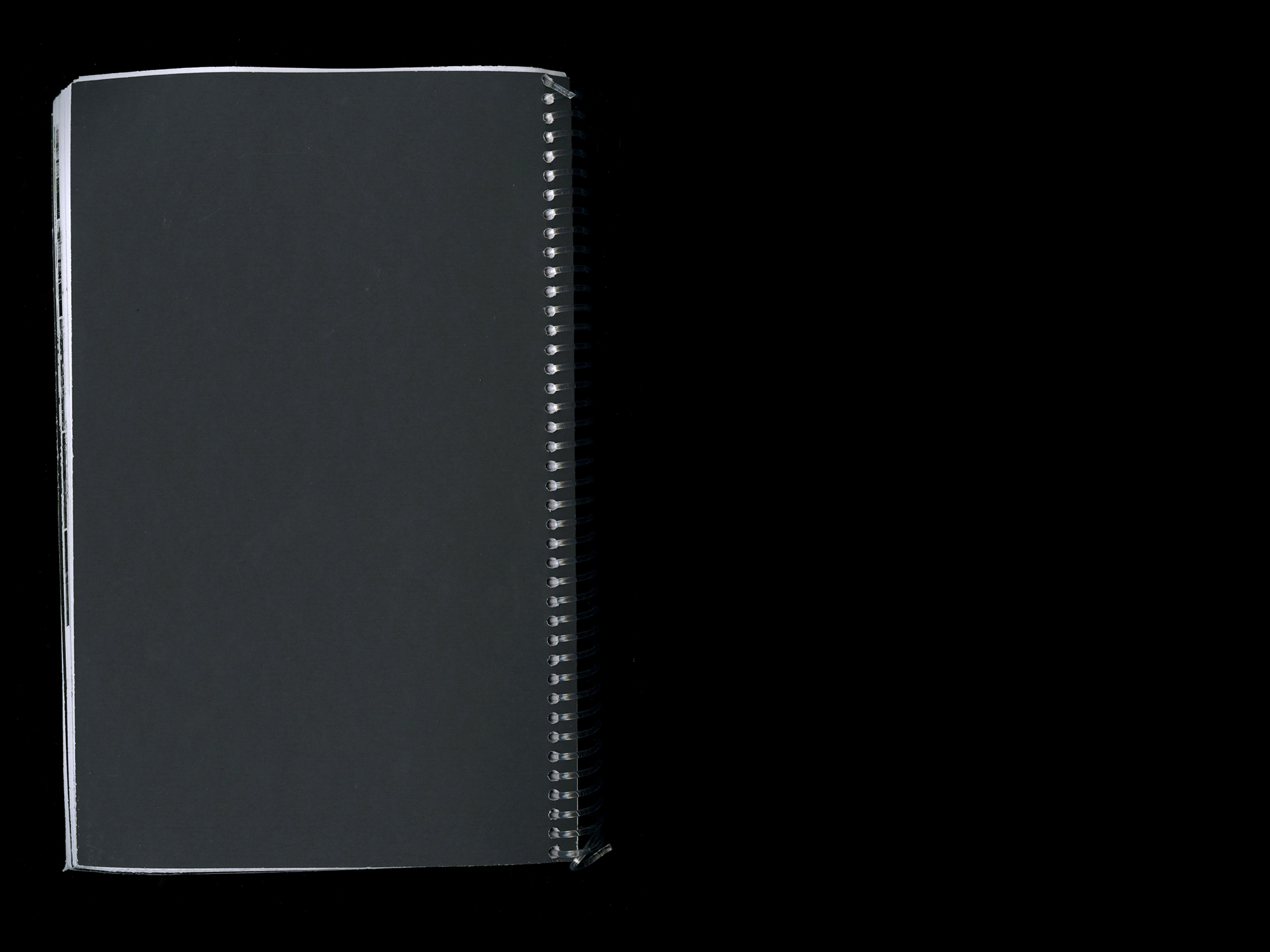
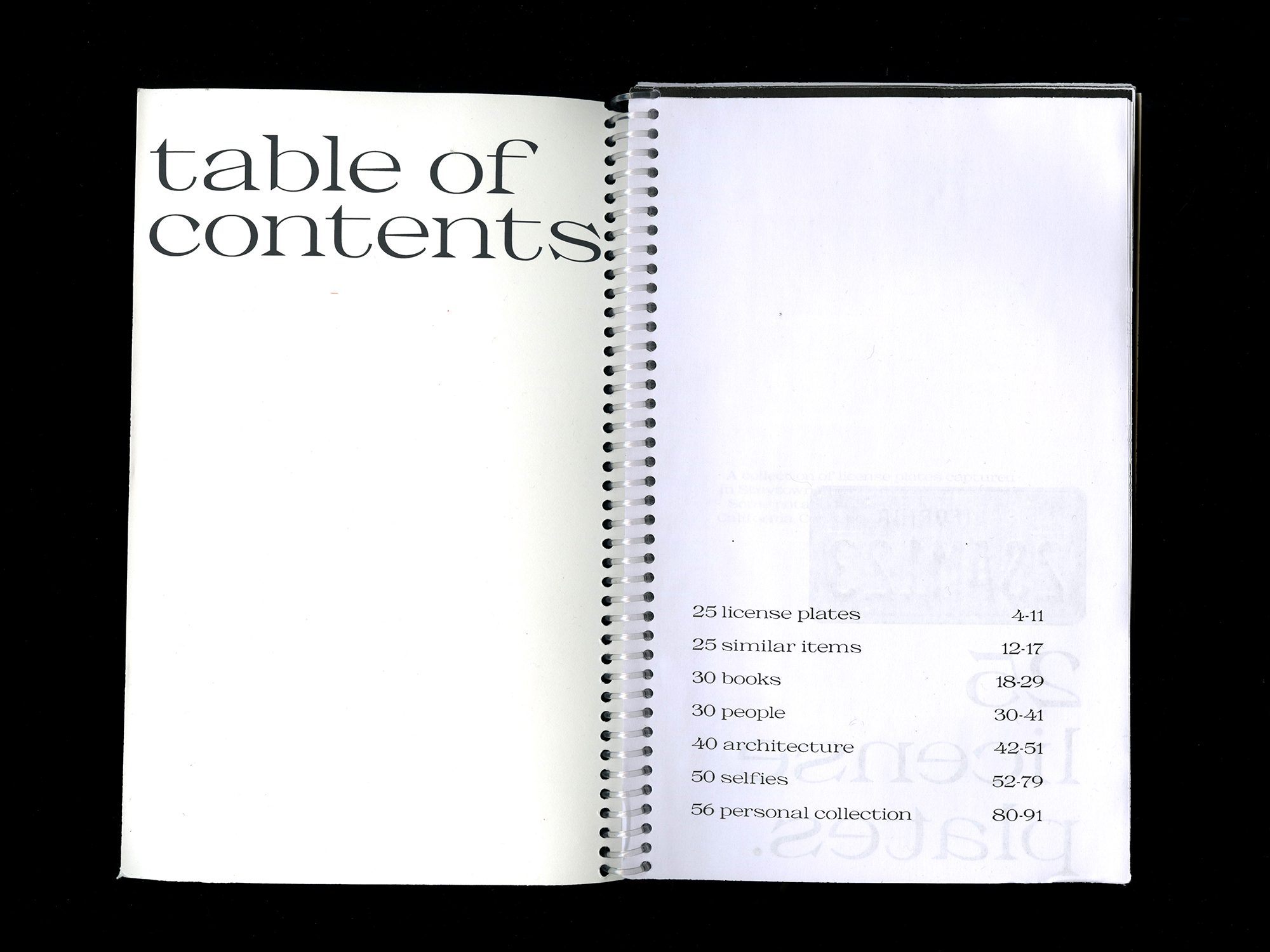
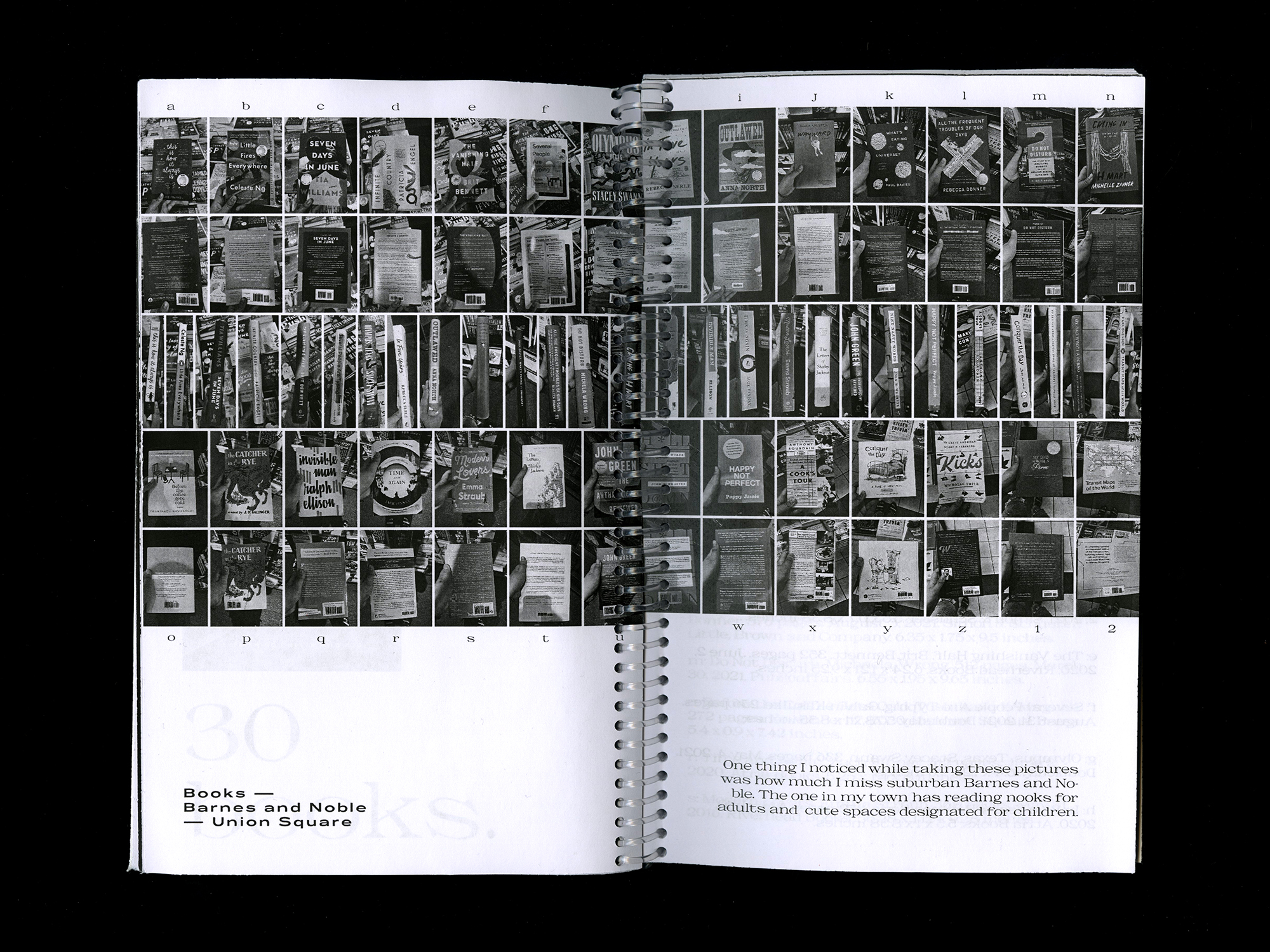

Student:
Aaron Deng
Aaron Deng
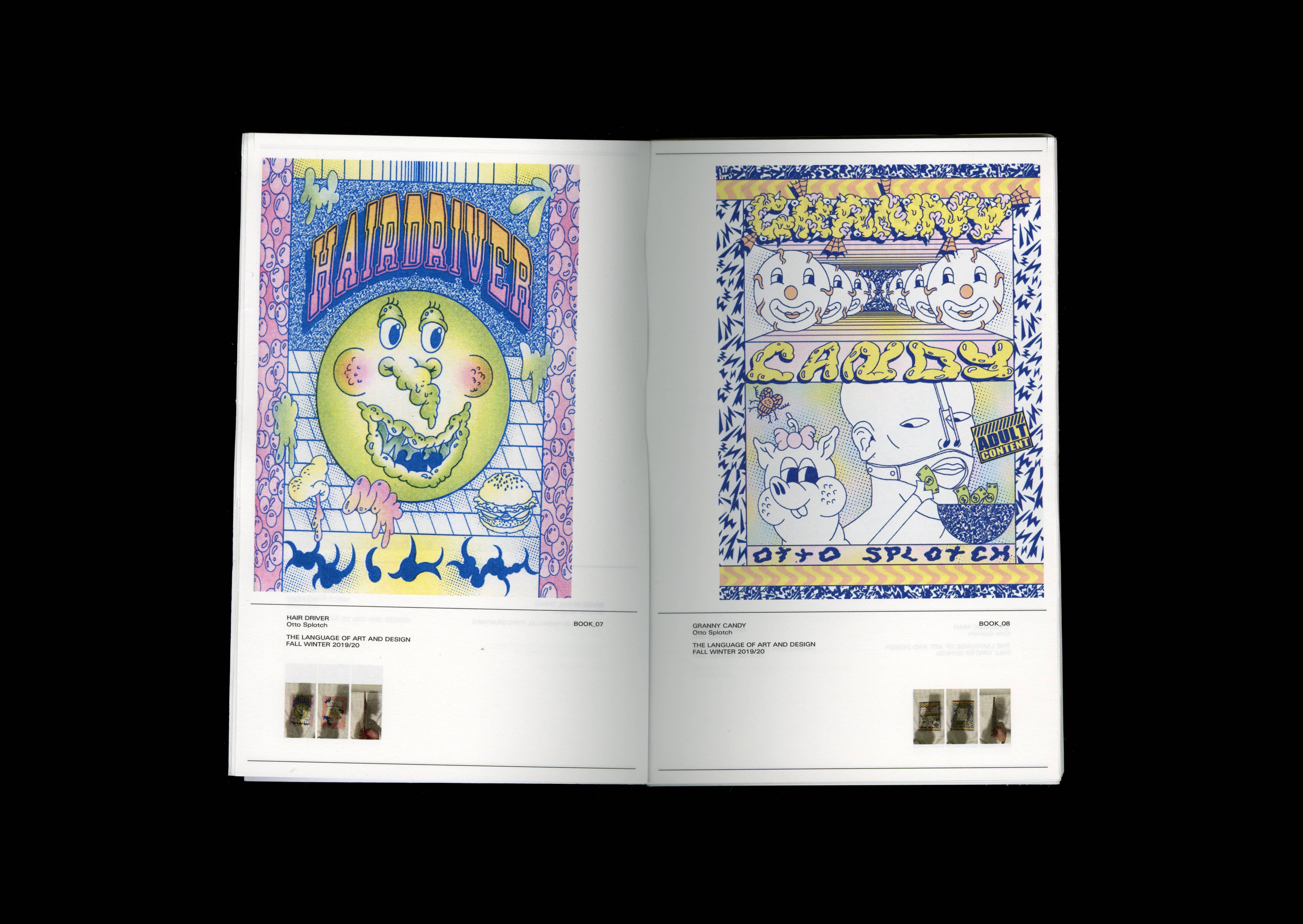

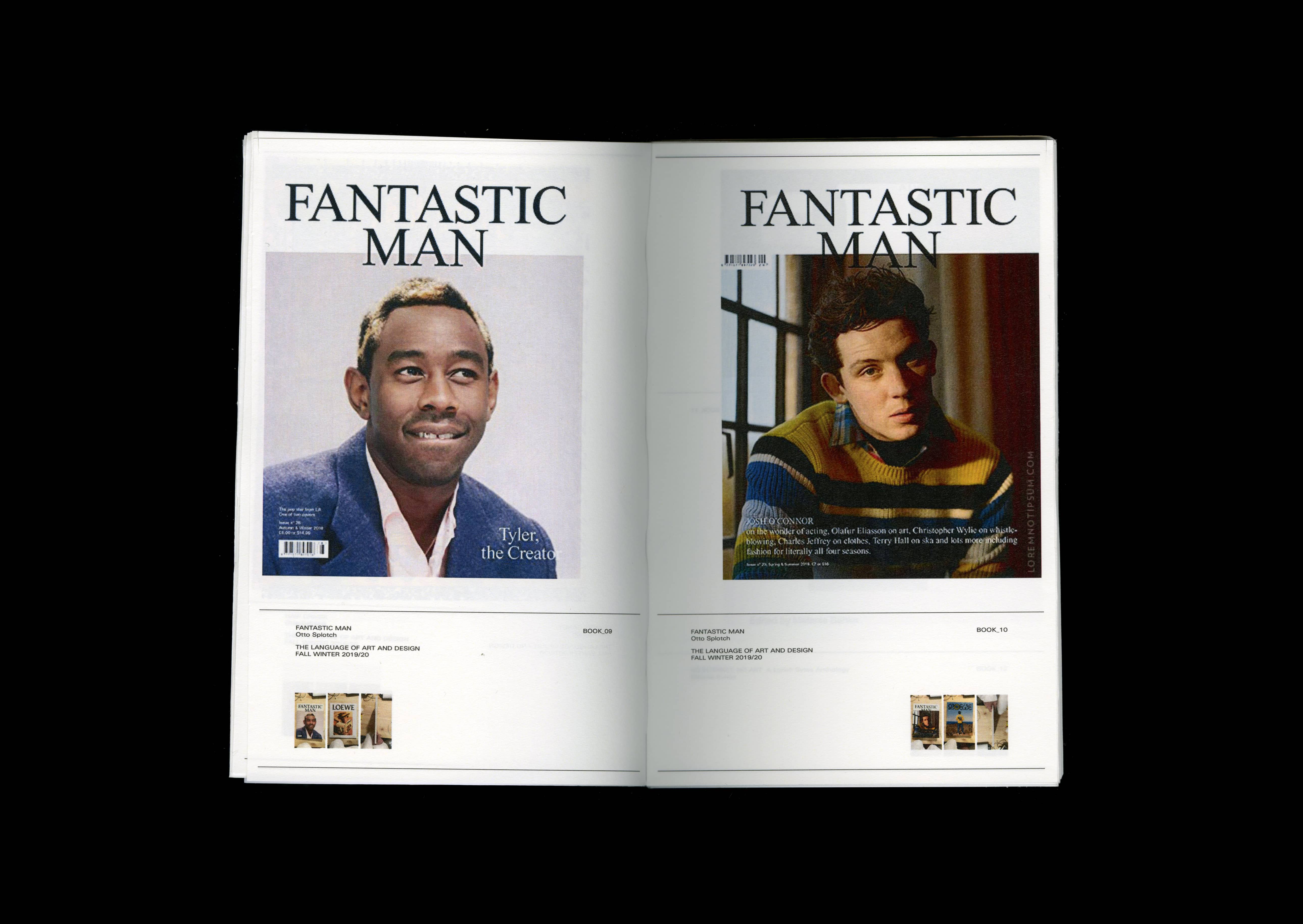




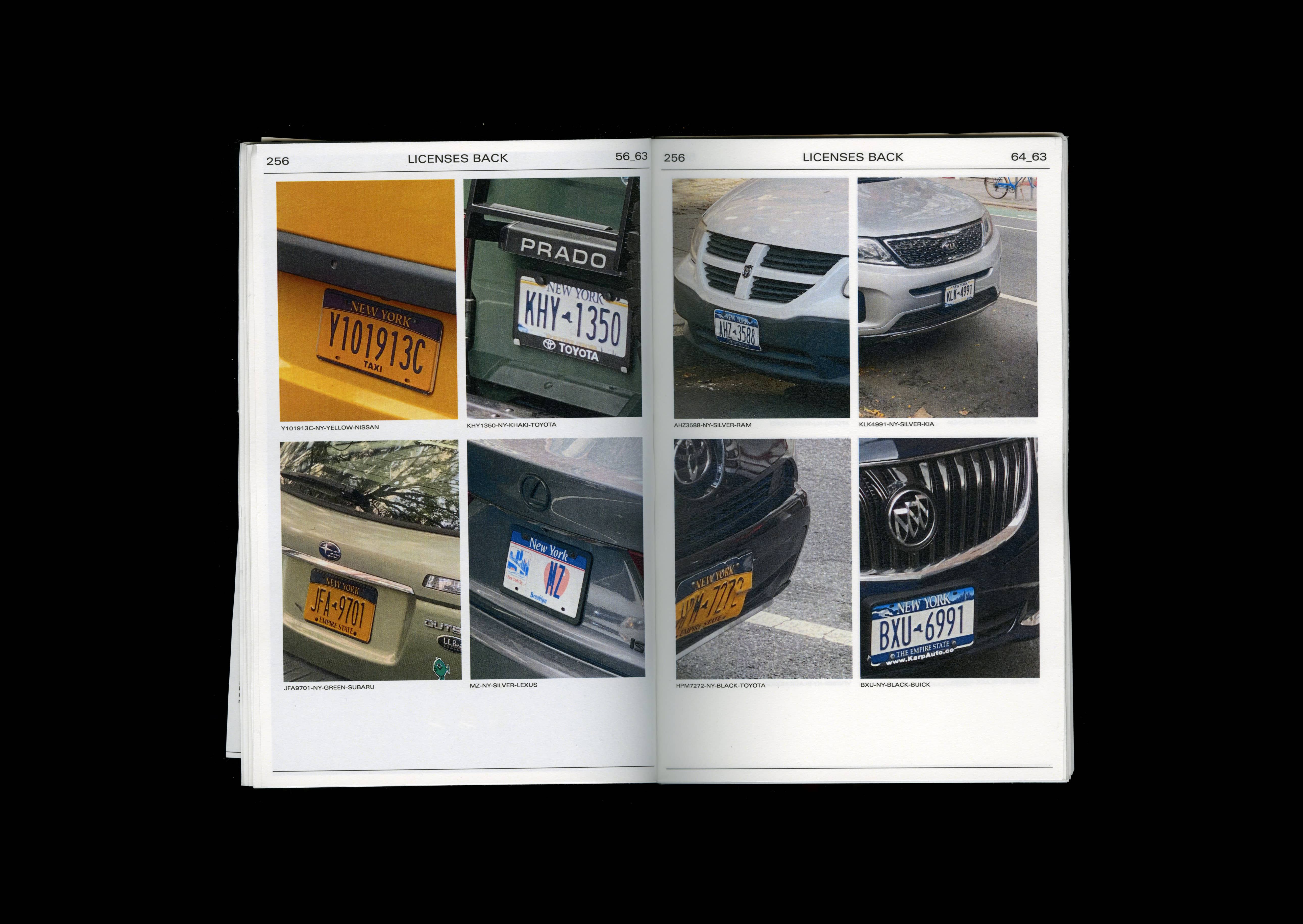
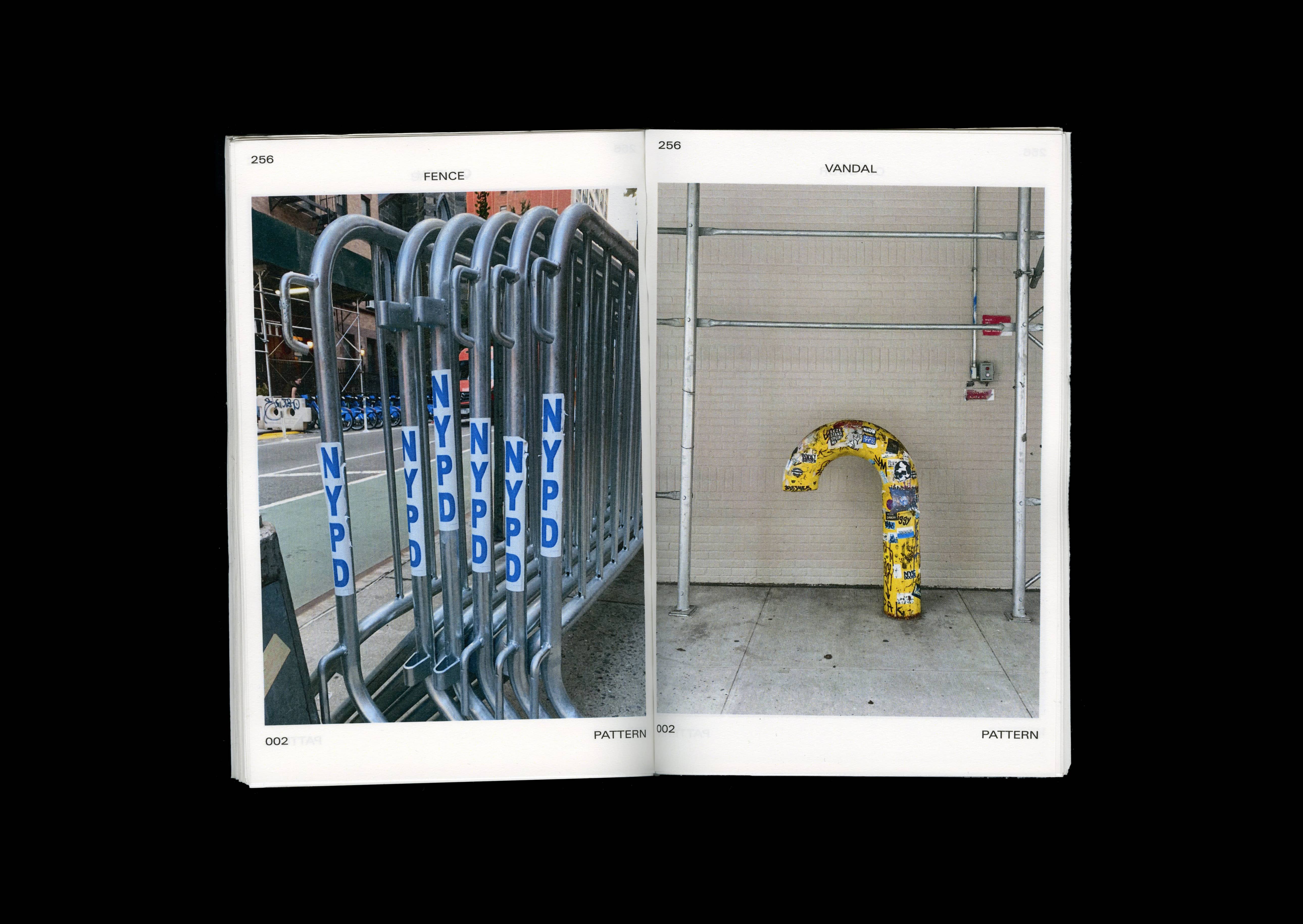
Student:
Sofia Cacho Sousa
Sofia Cacho Sousa


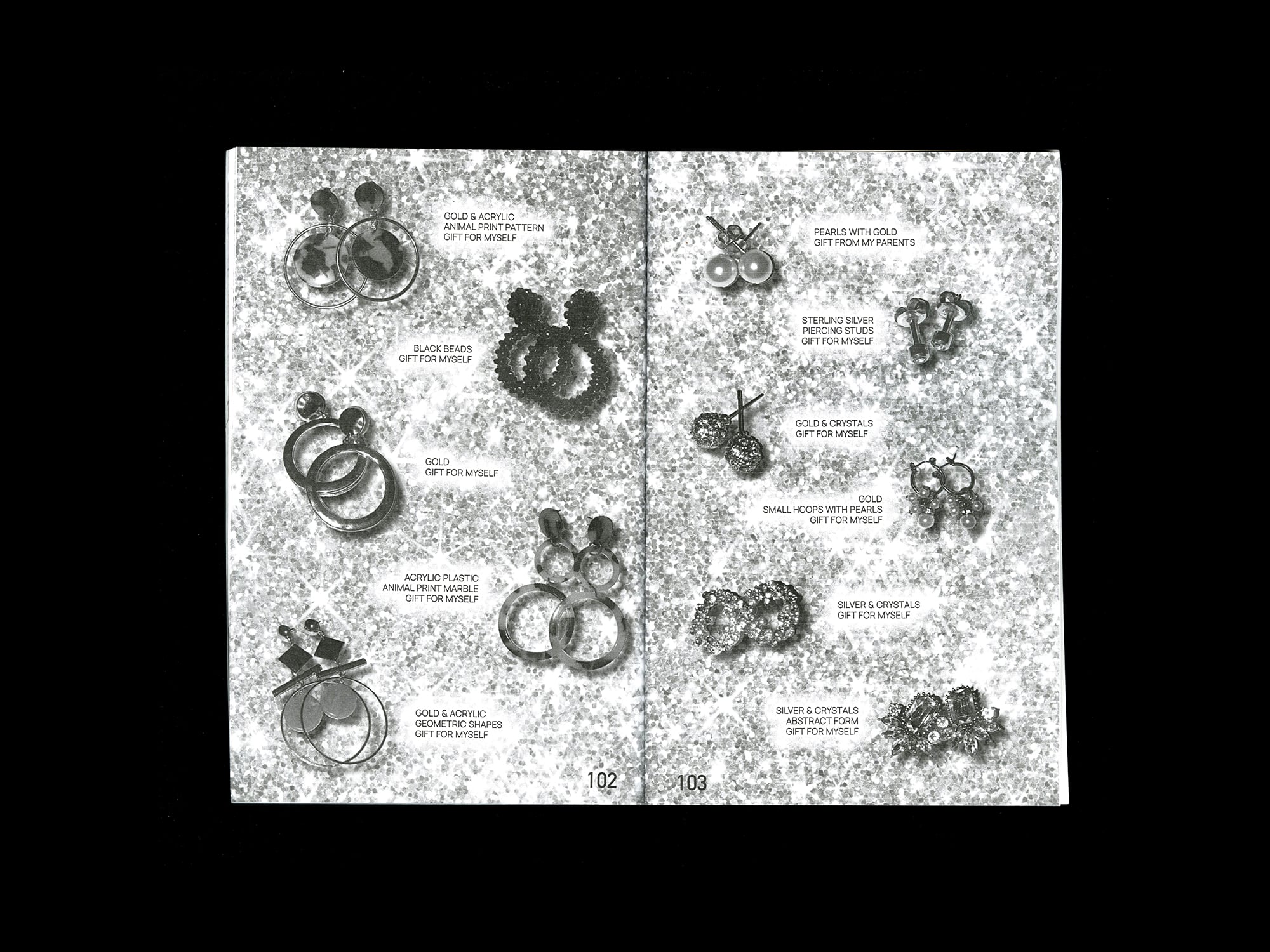
Student:
Tarra Boroumandi
Tarra Boroumandi
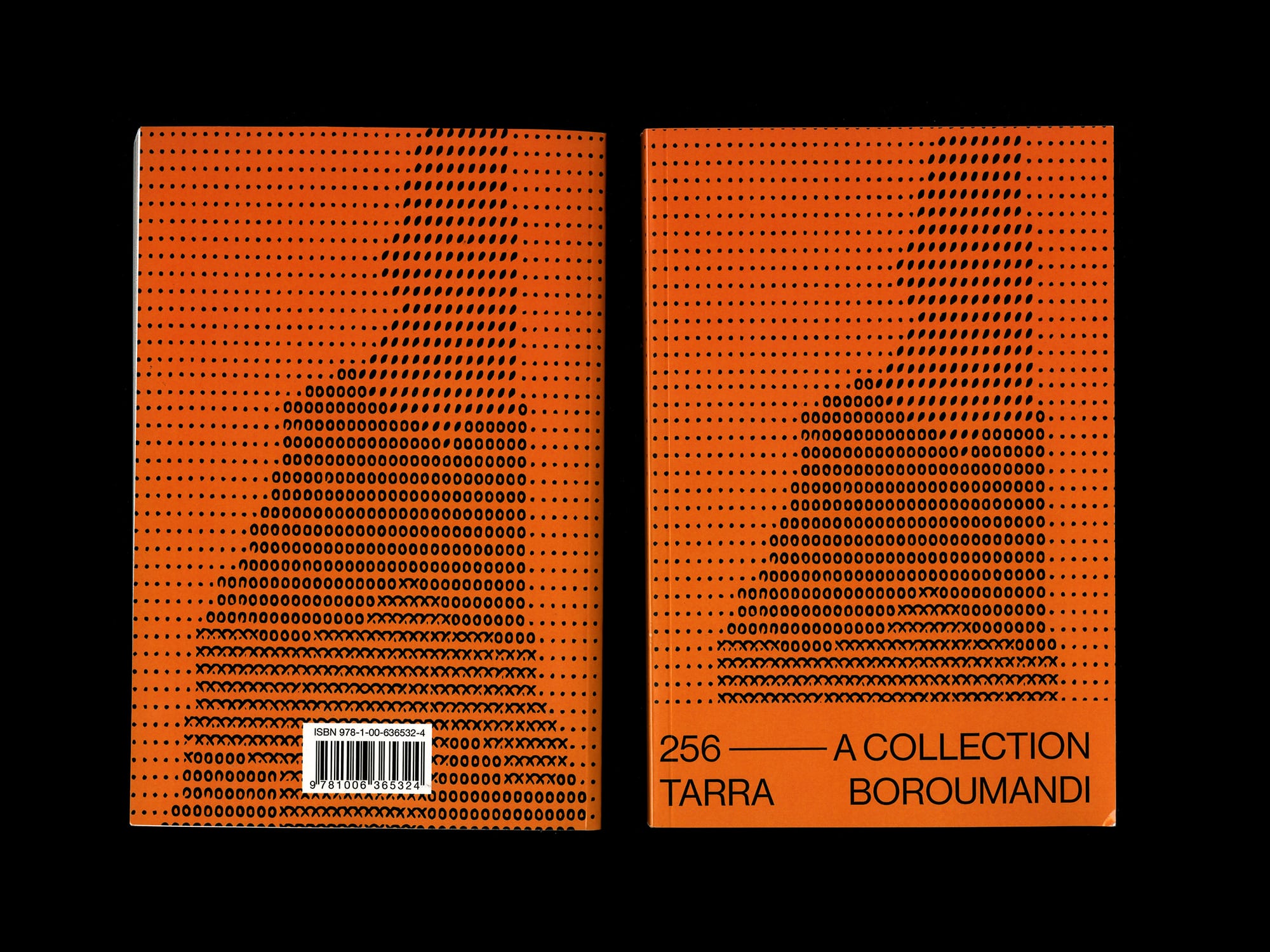
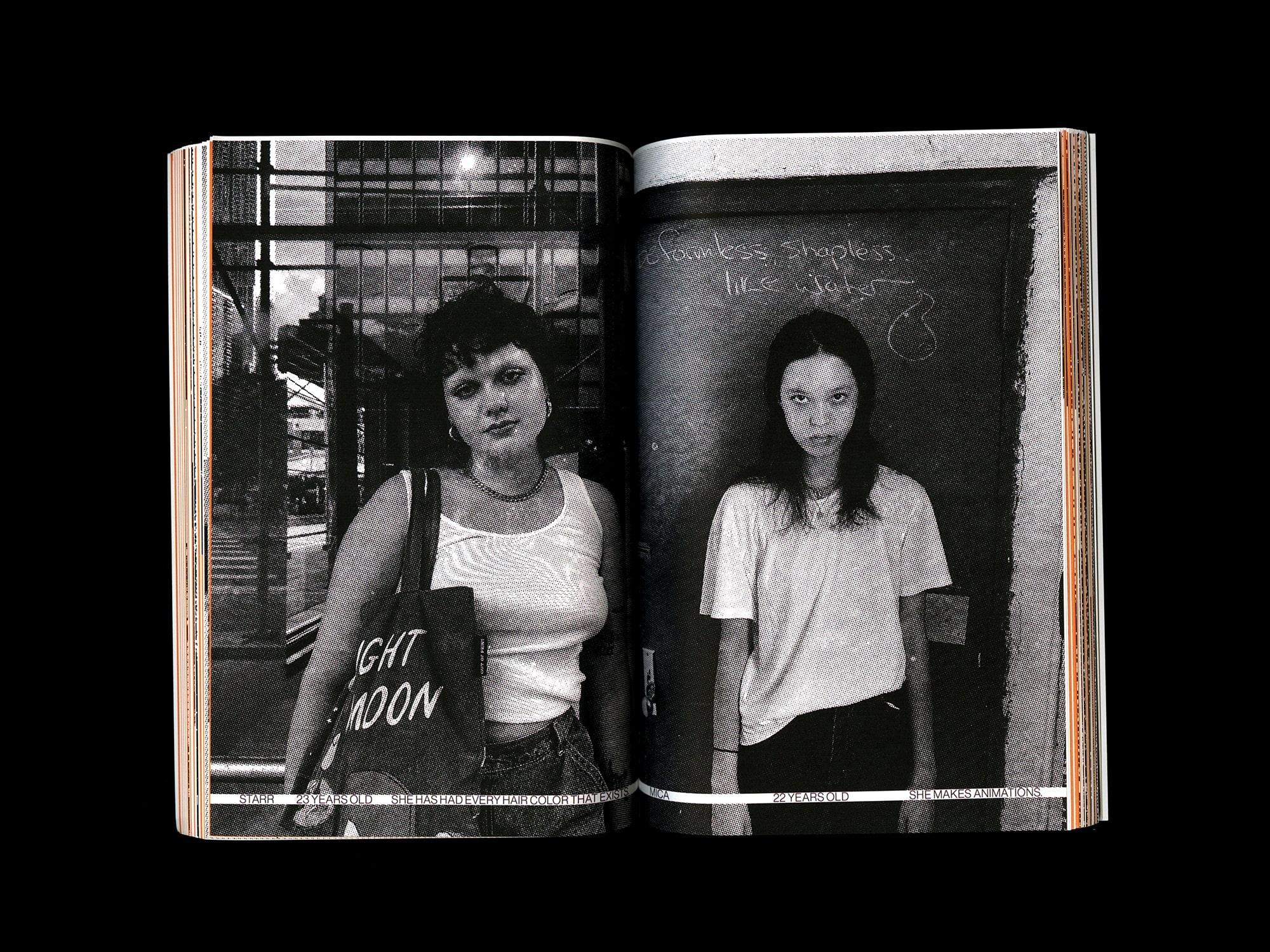

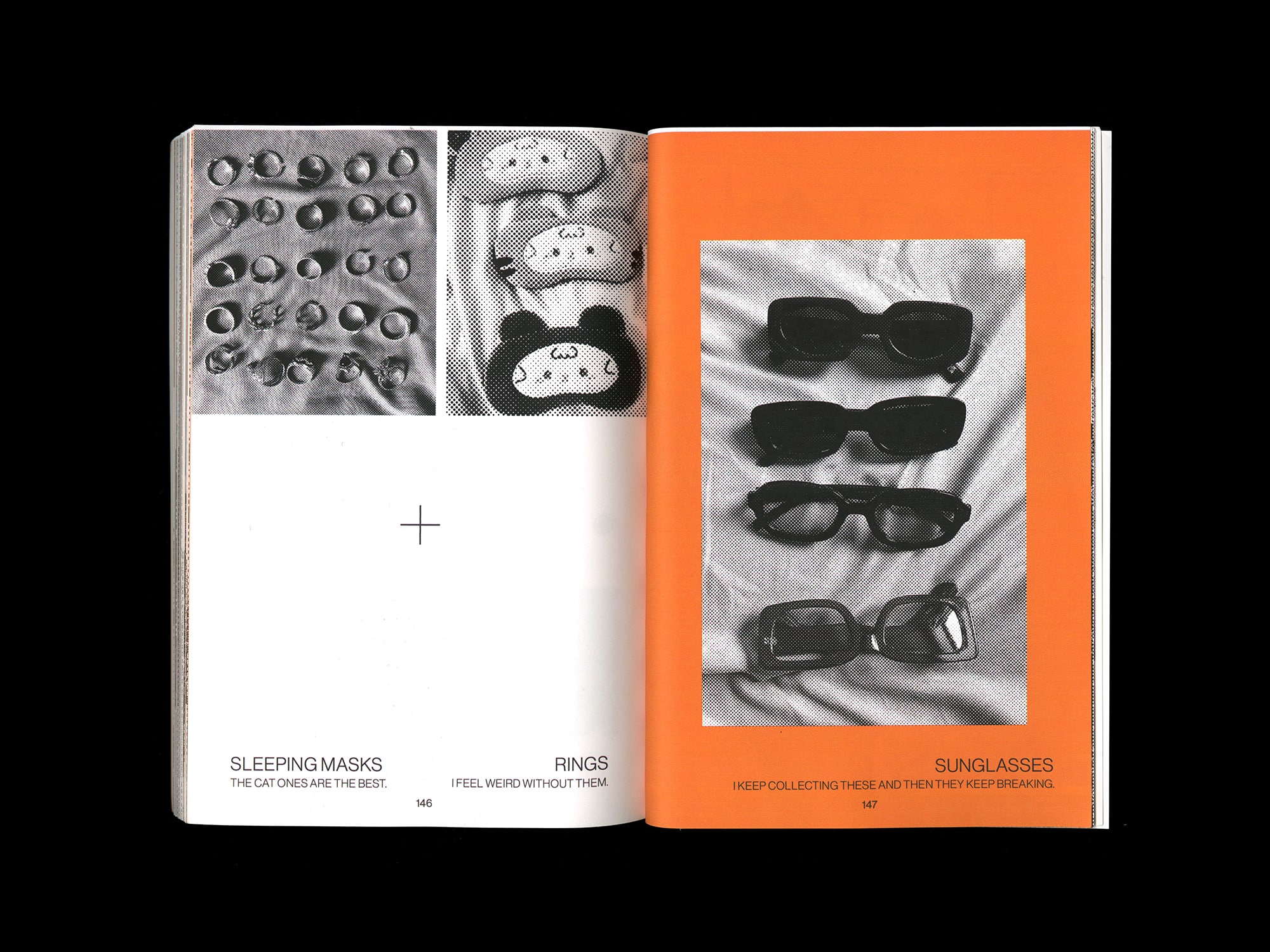

Student:
Zach Tinubu-Karch
Zach Tinubu-Karch
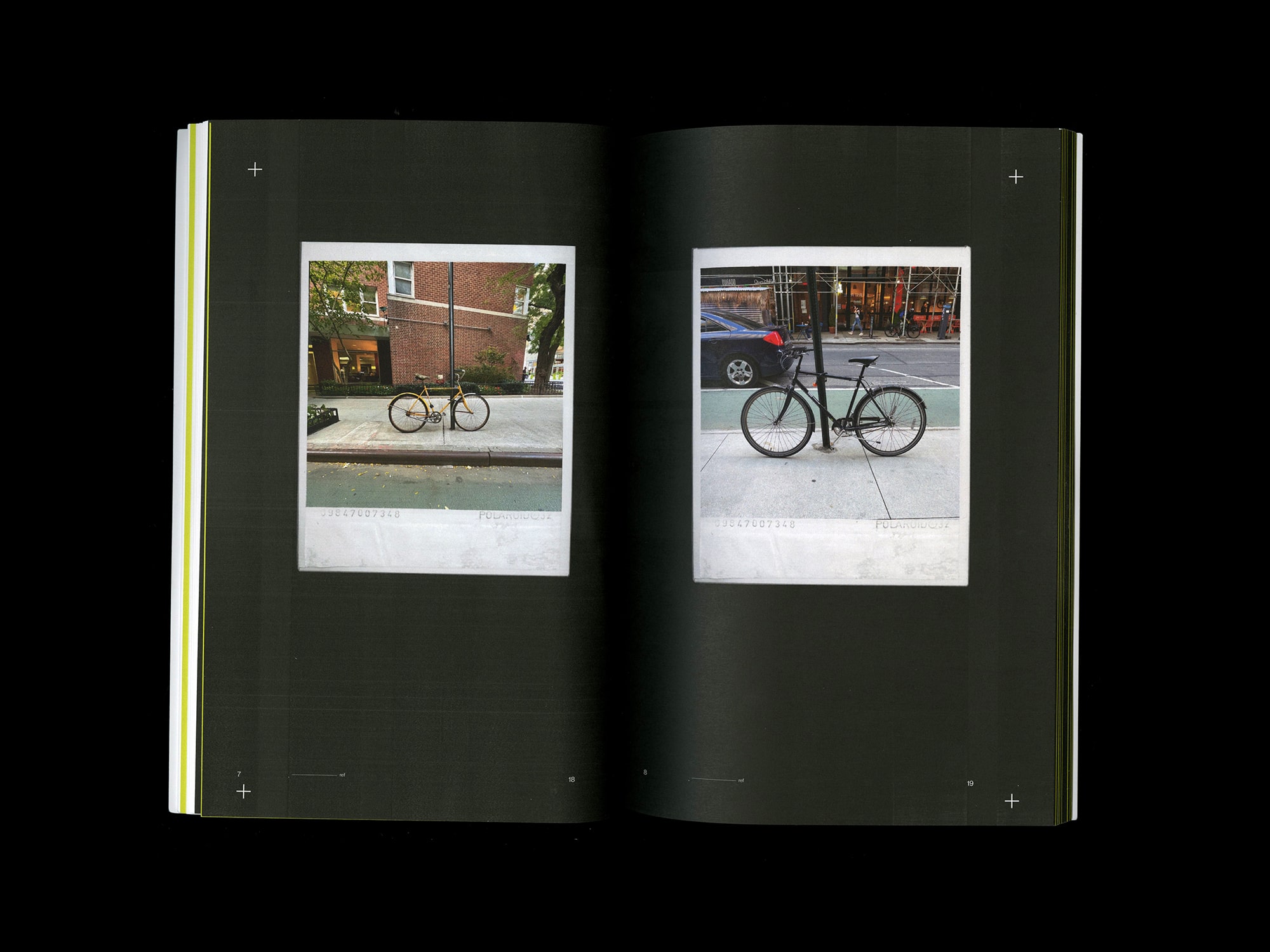
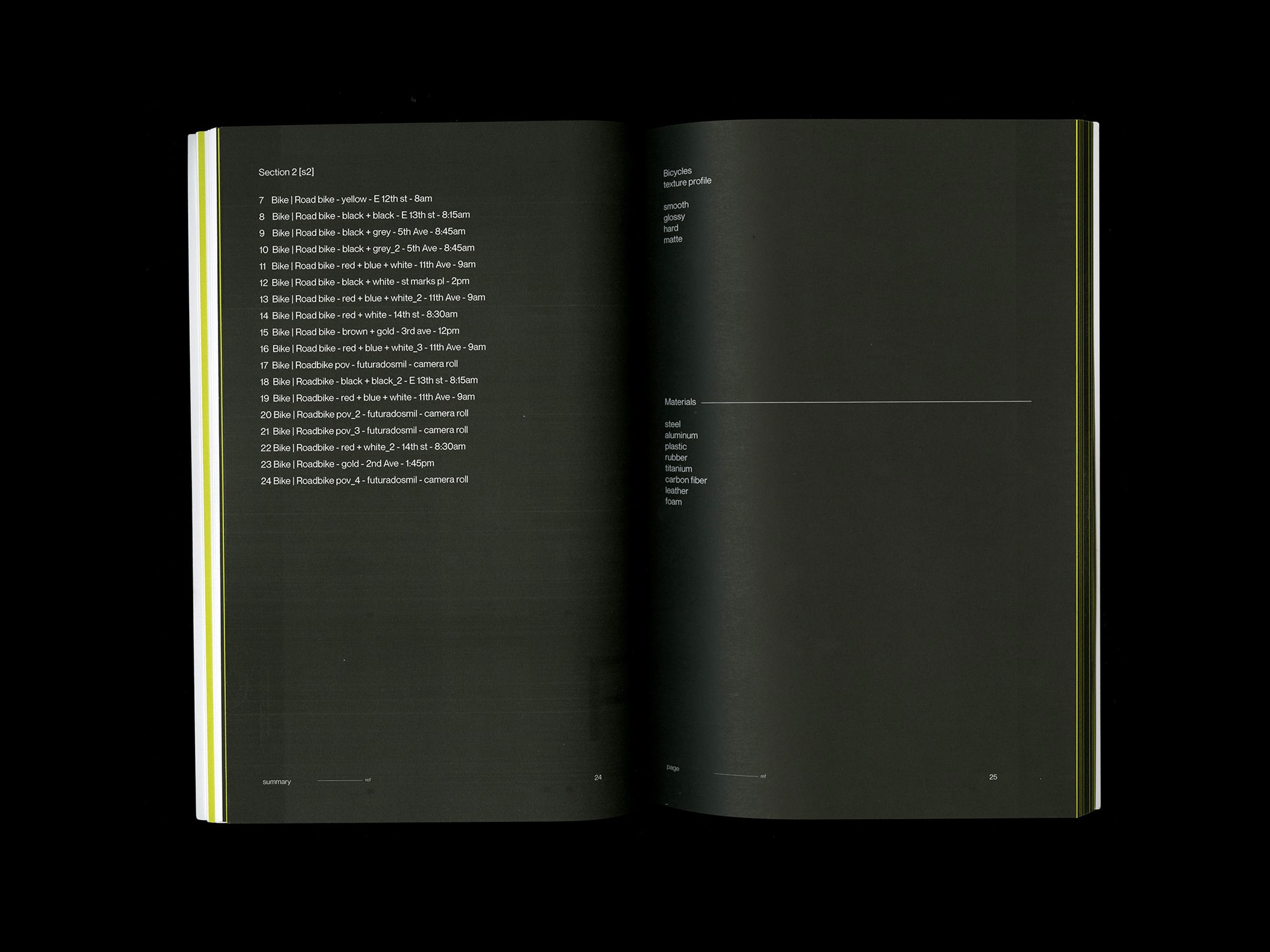
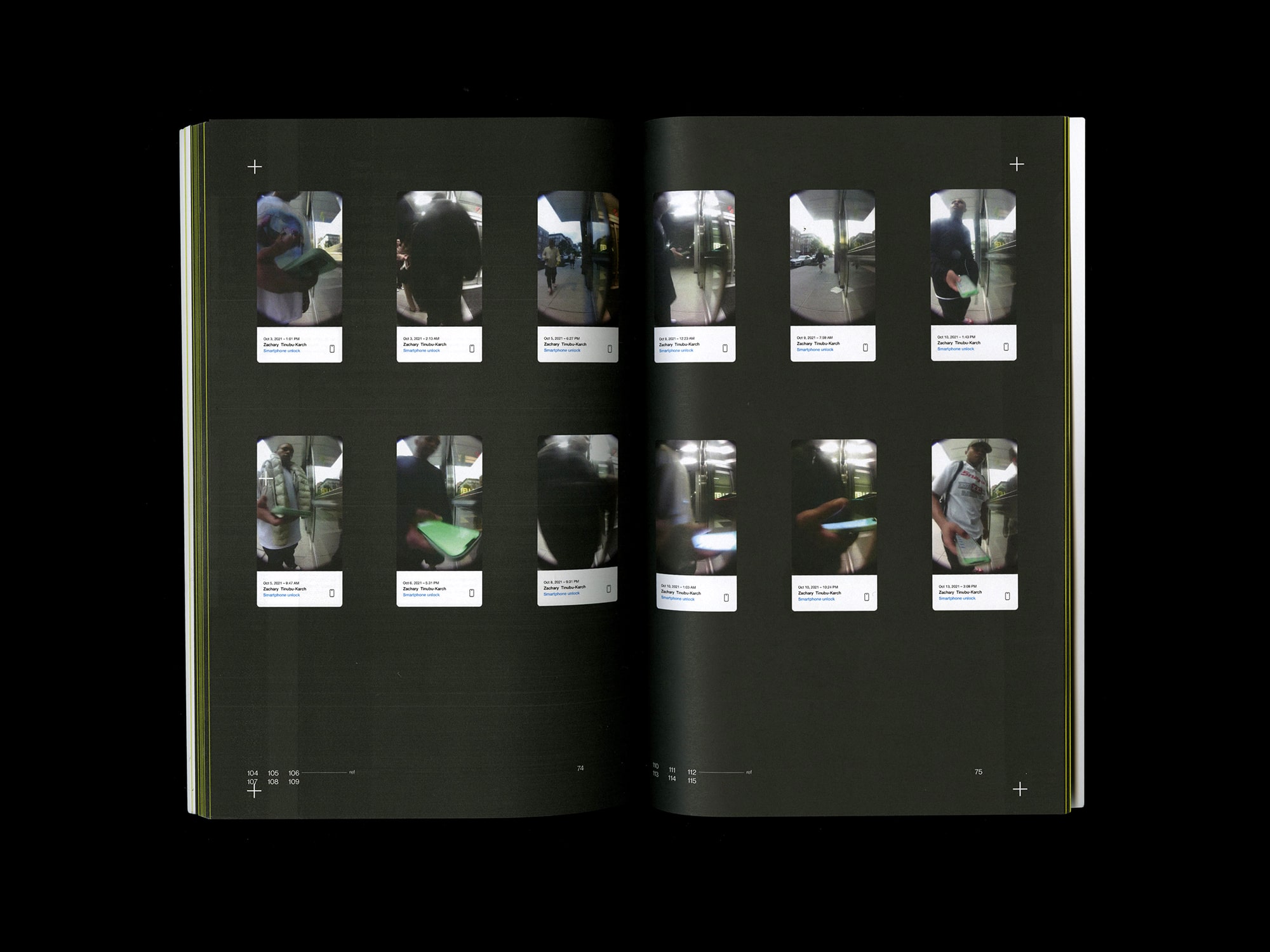


Student:
Zeid Jaouni
Zeid Jaouni
